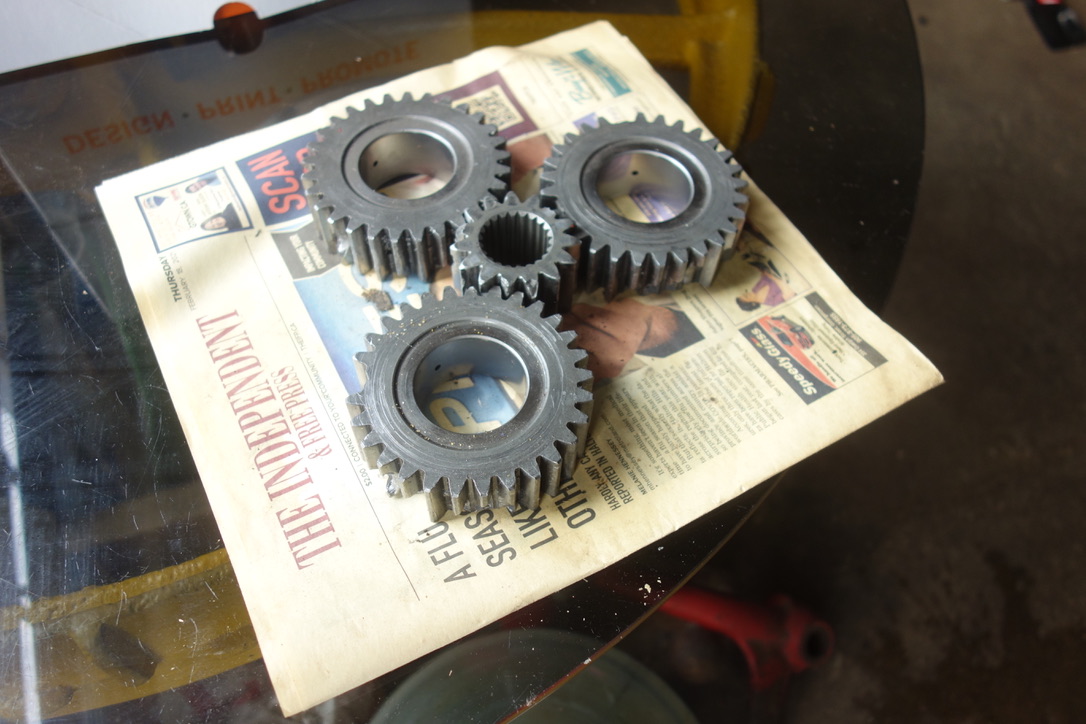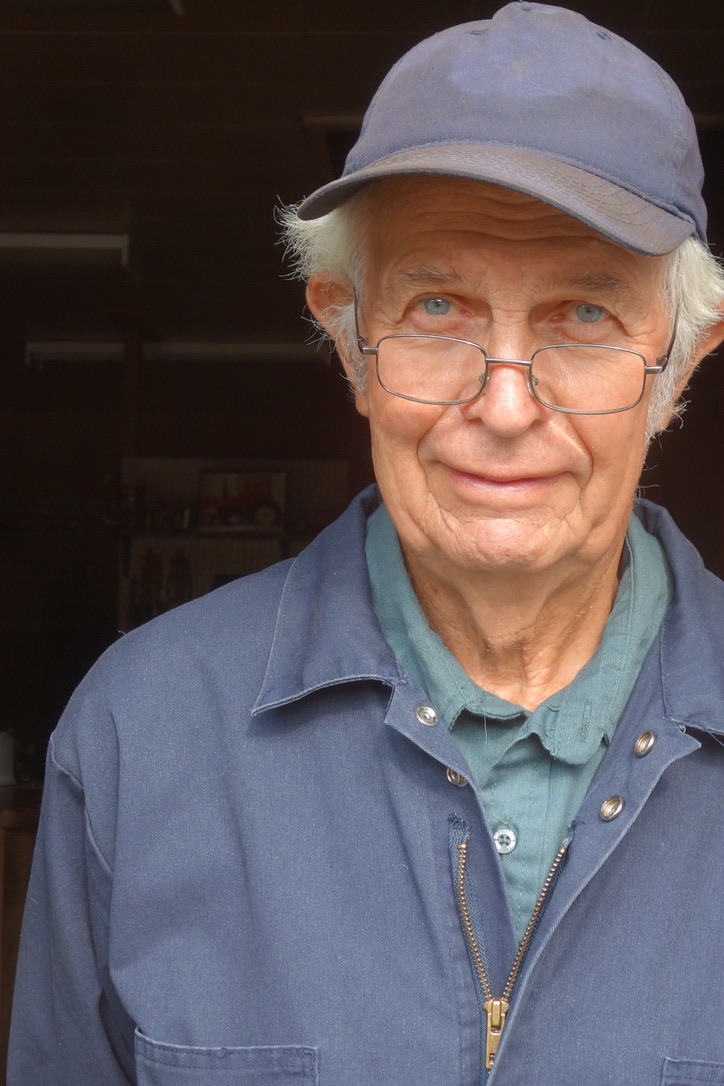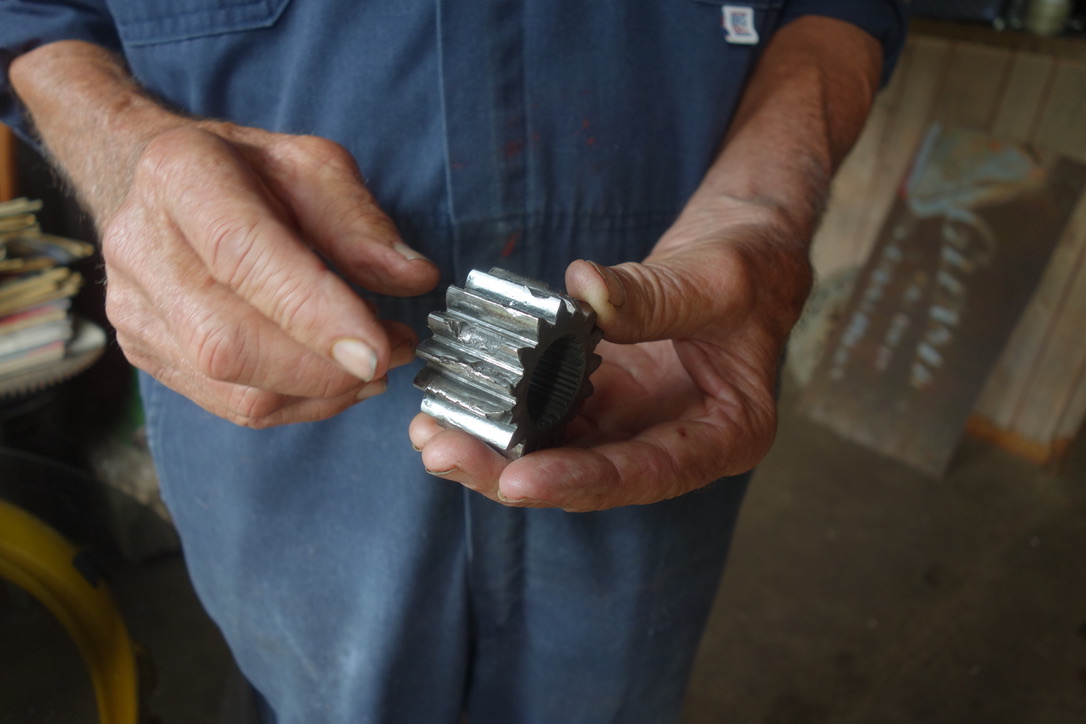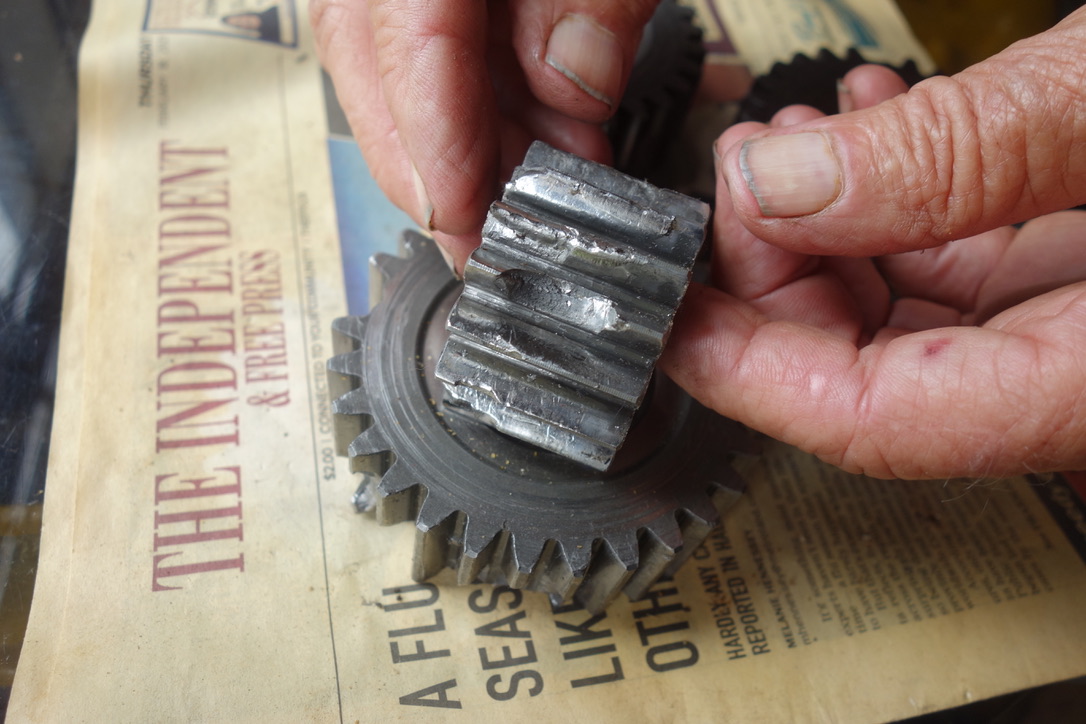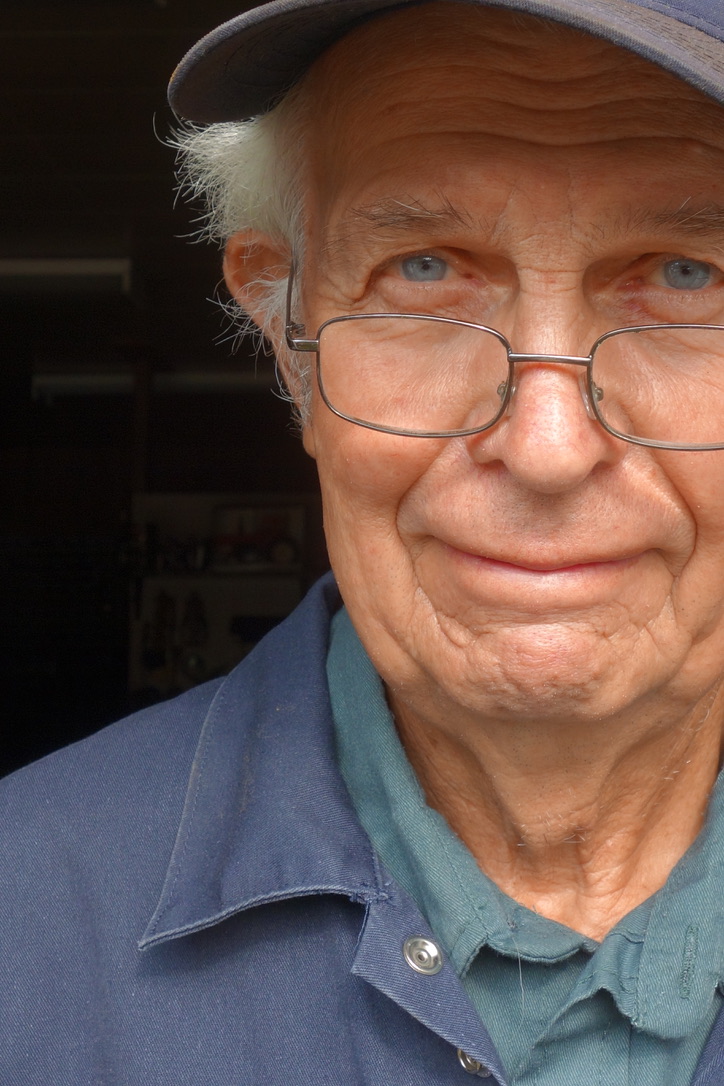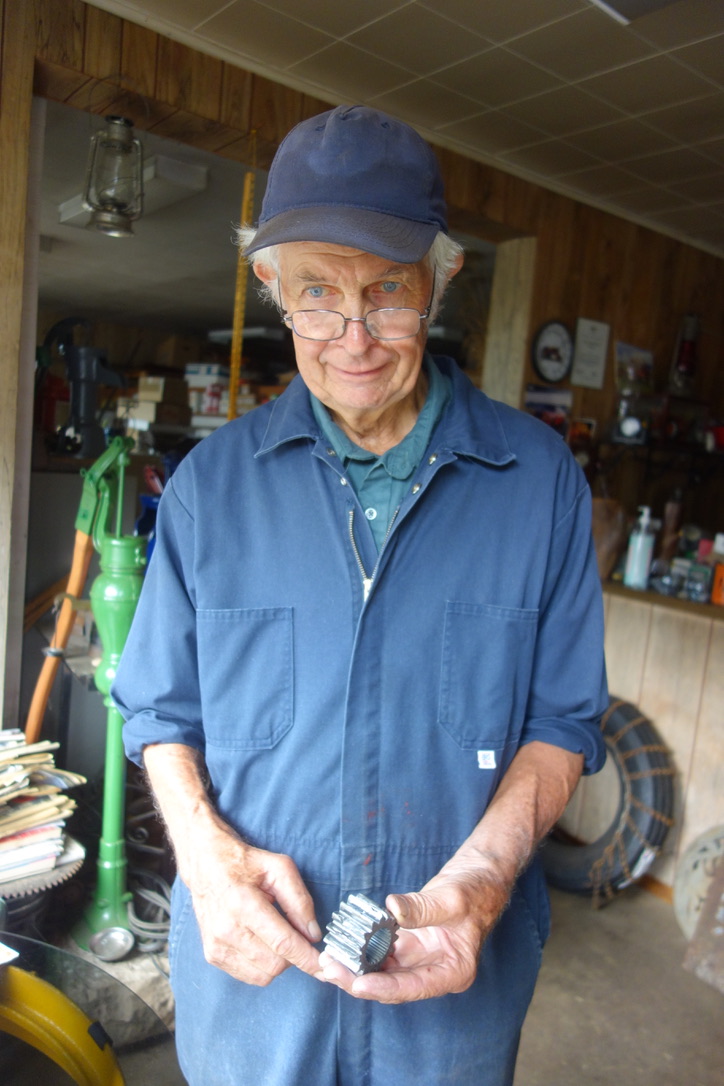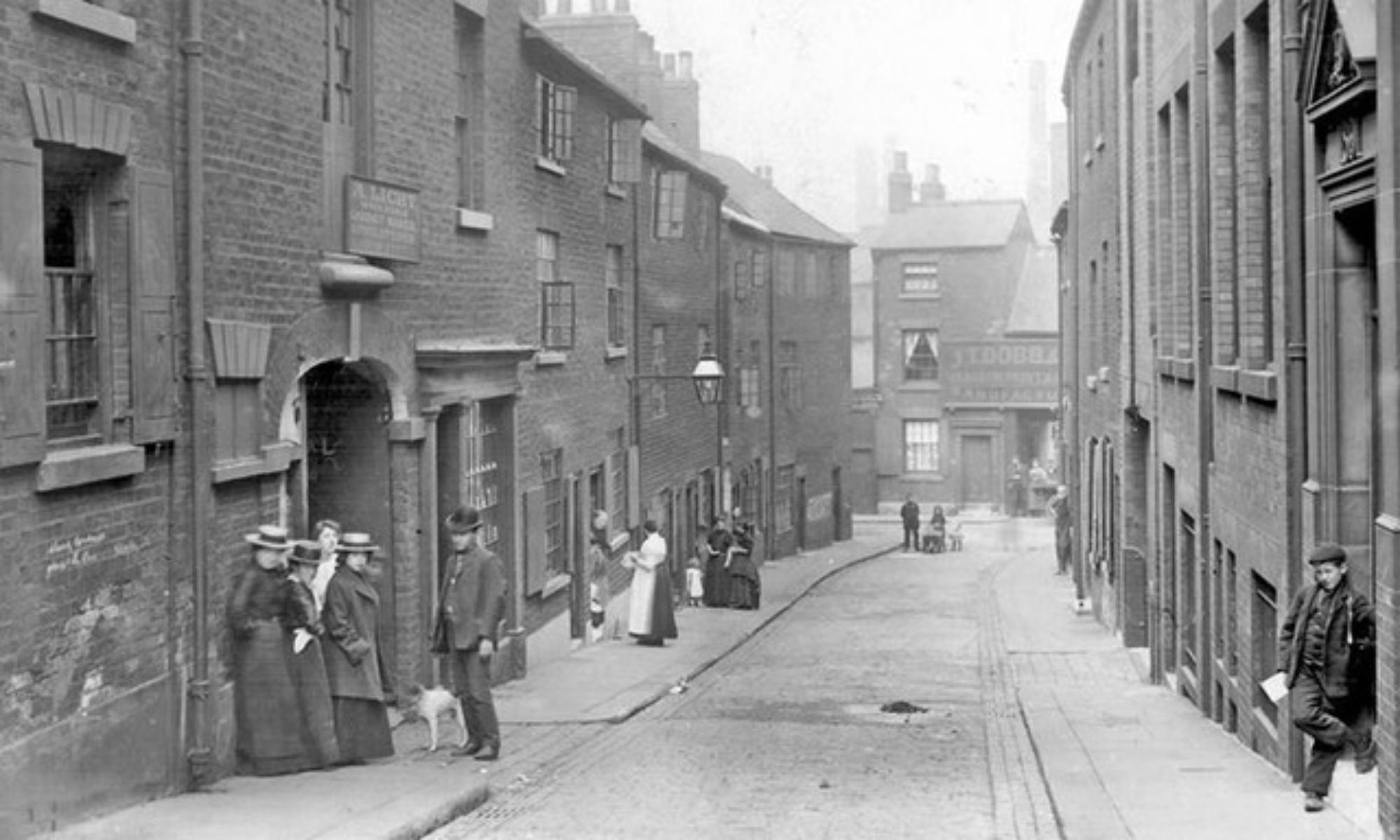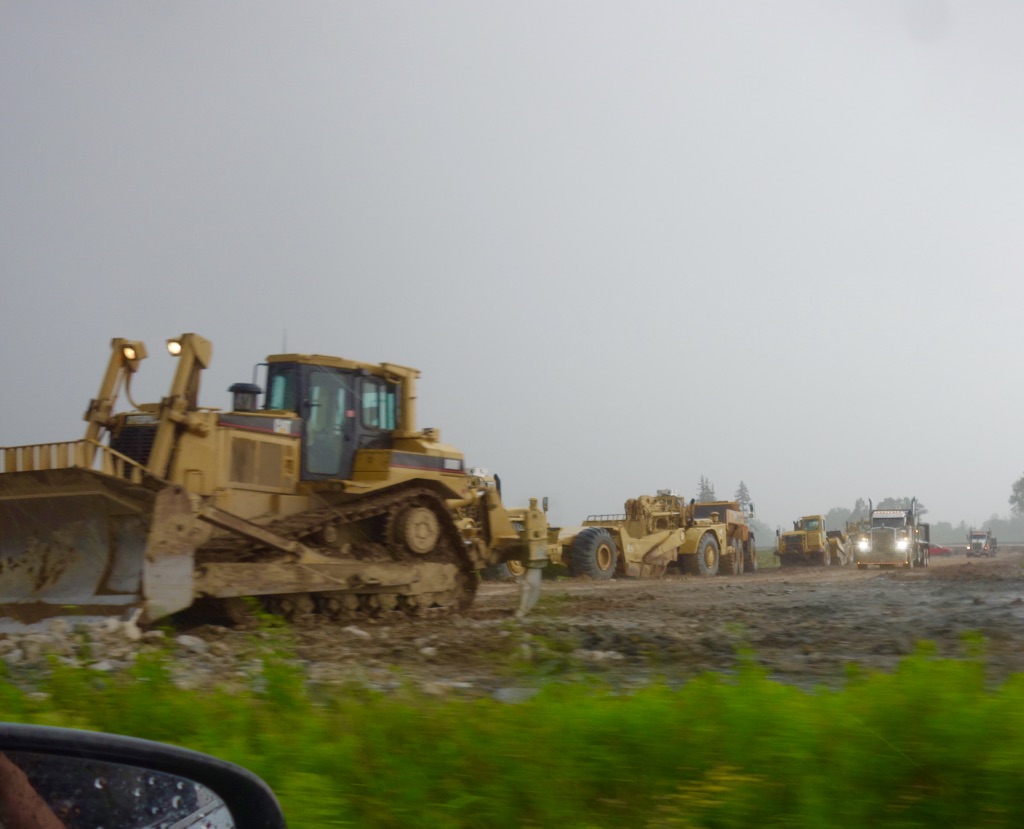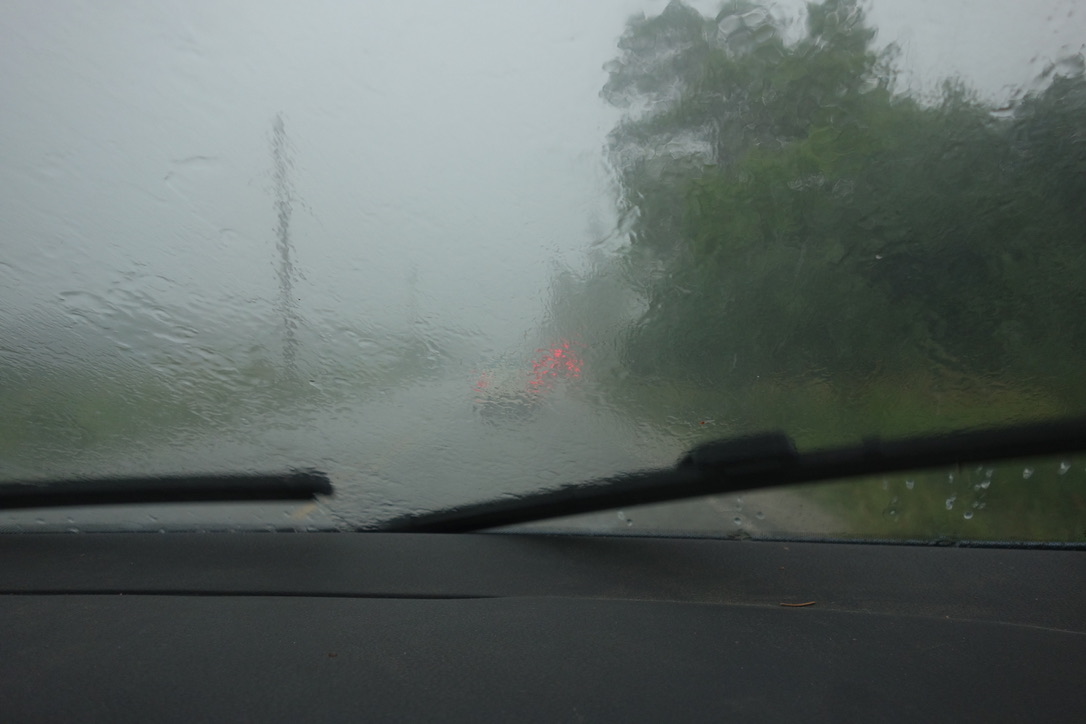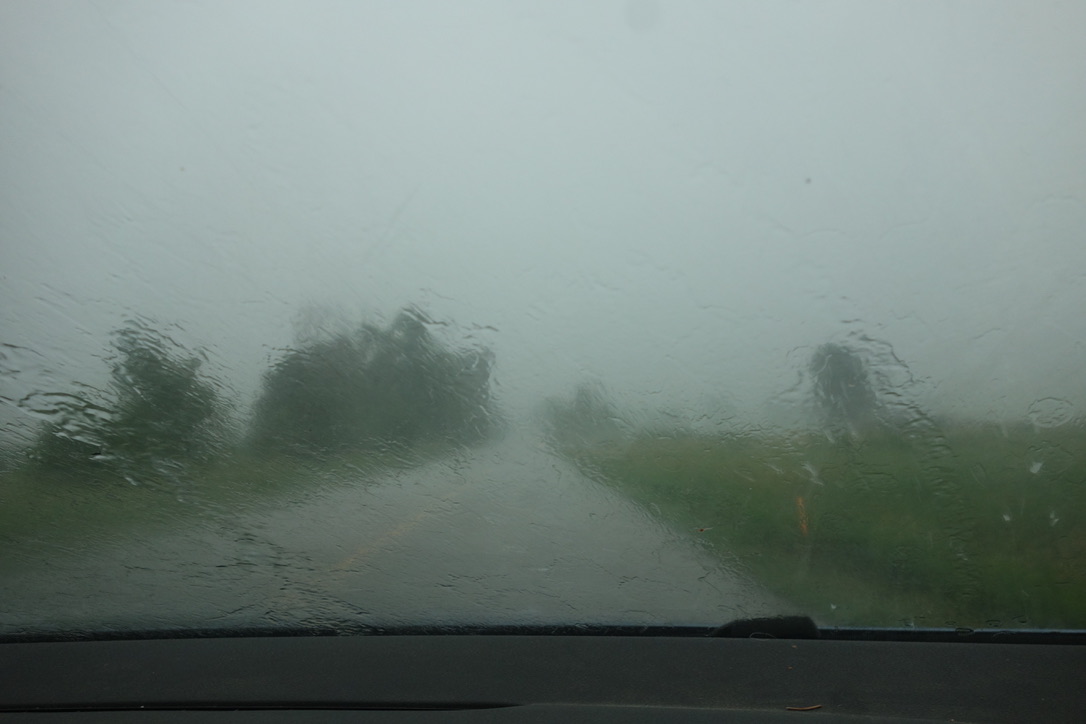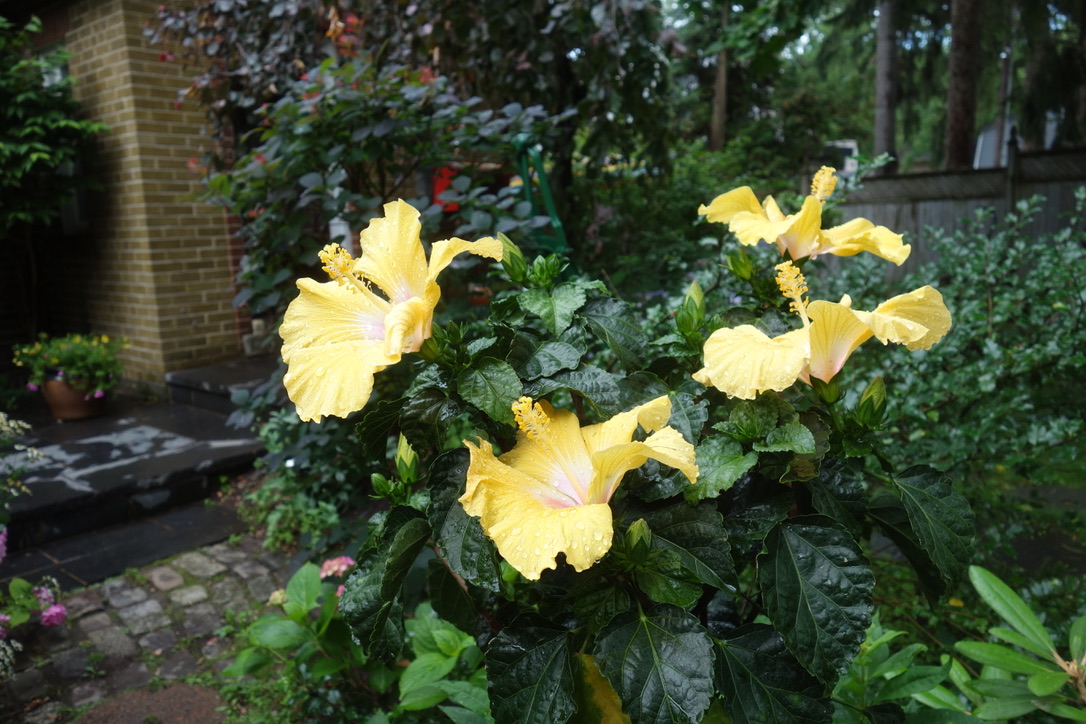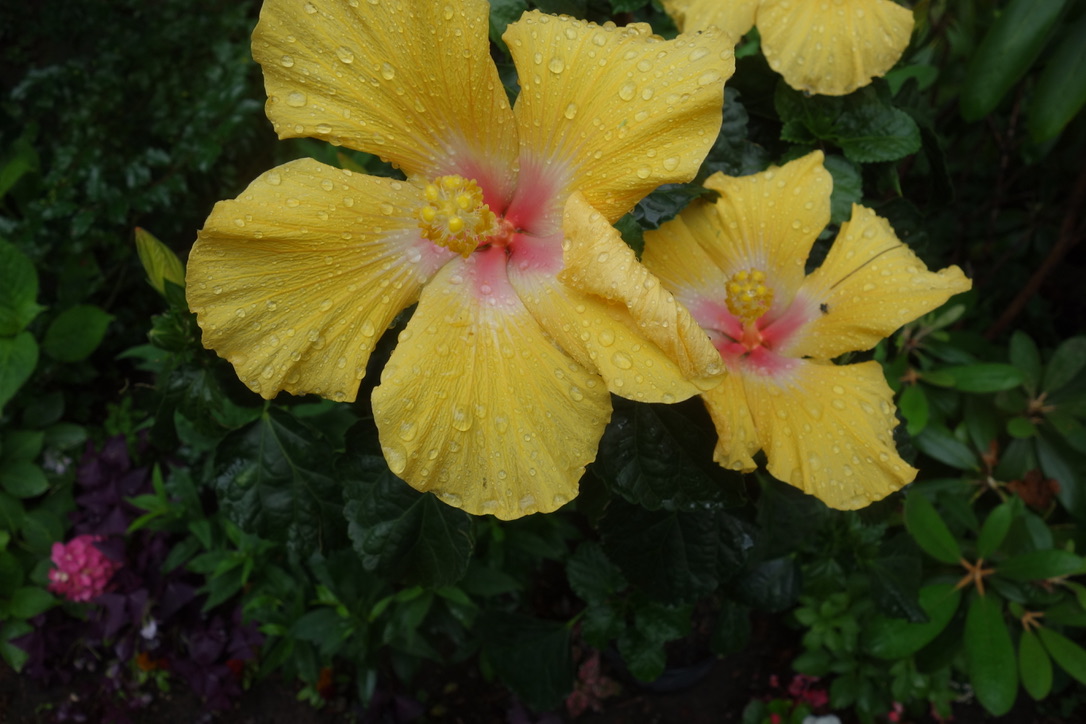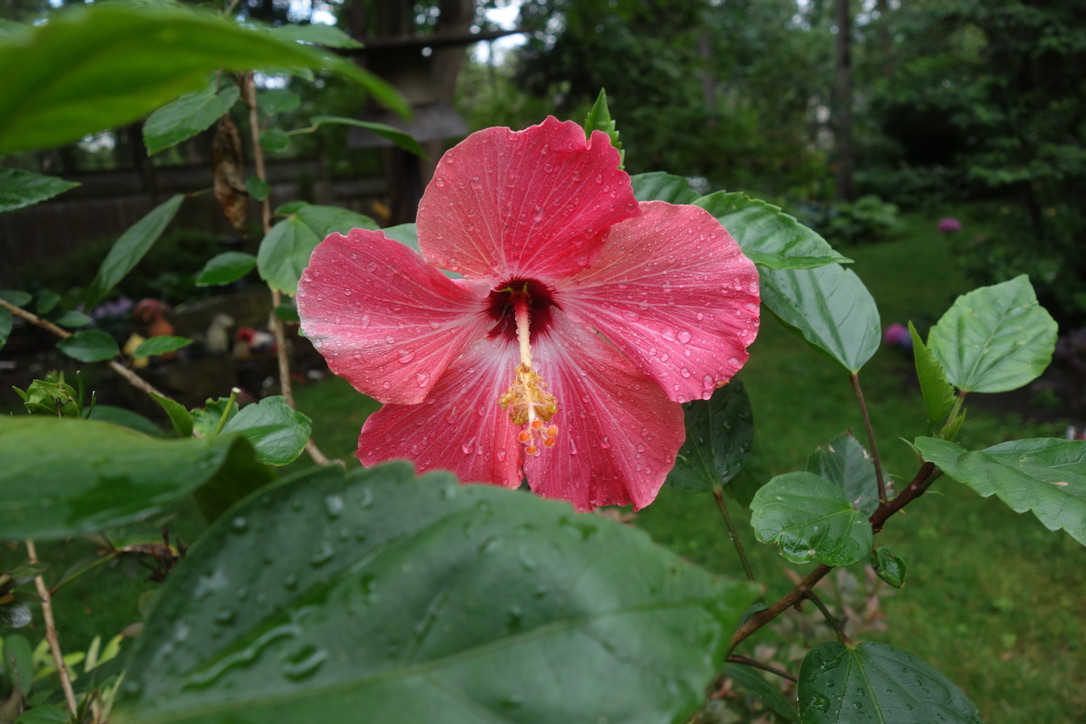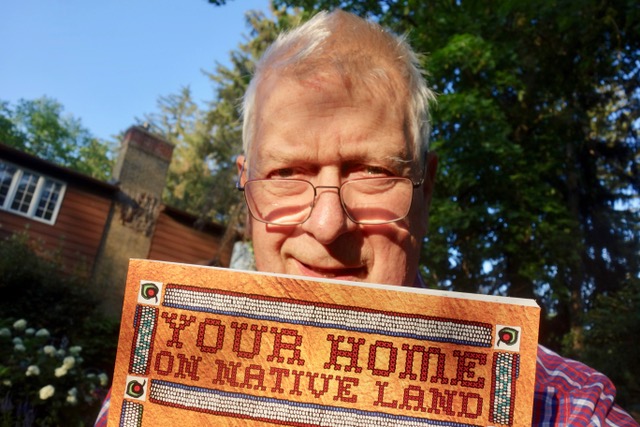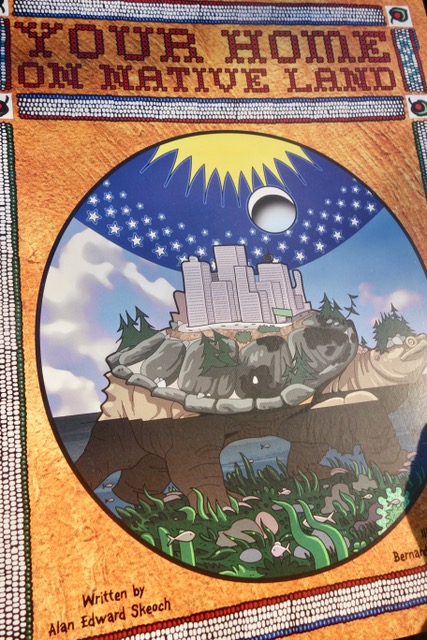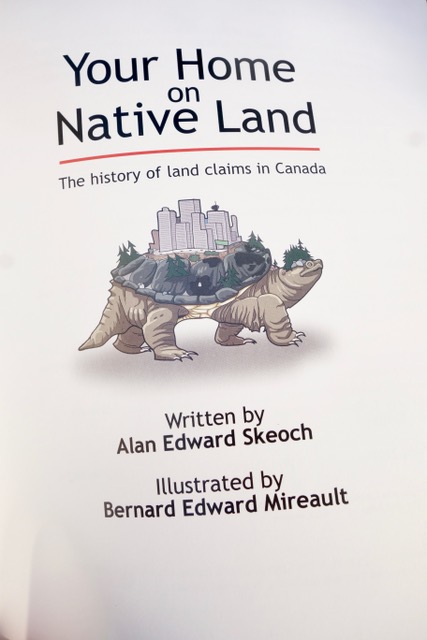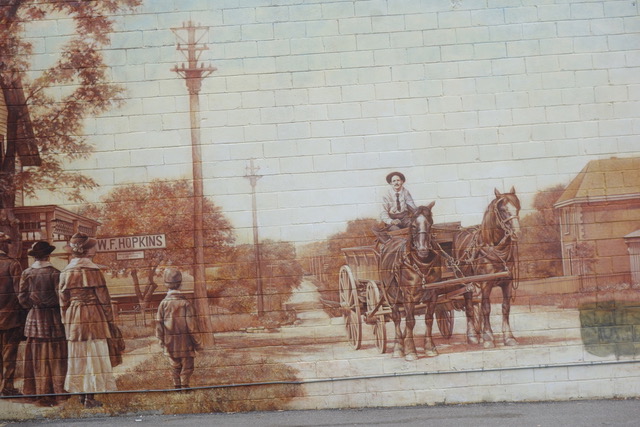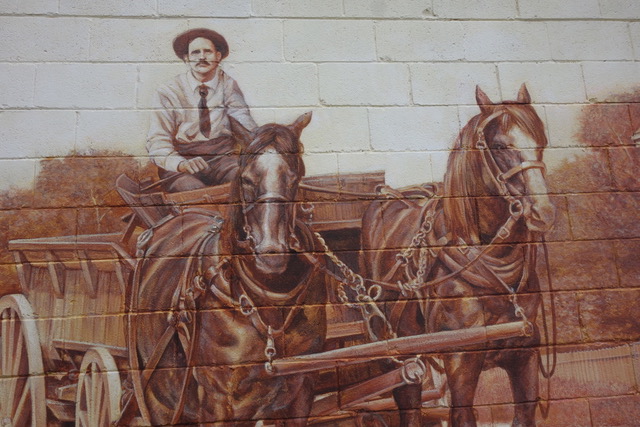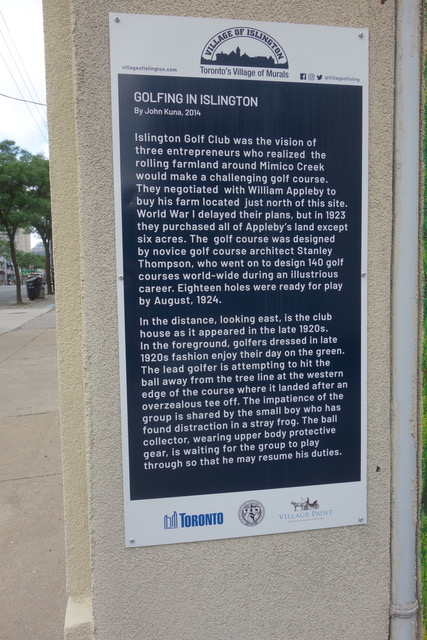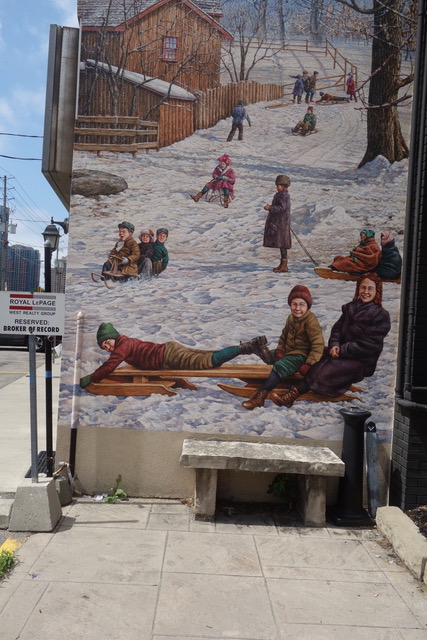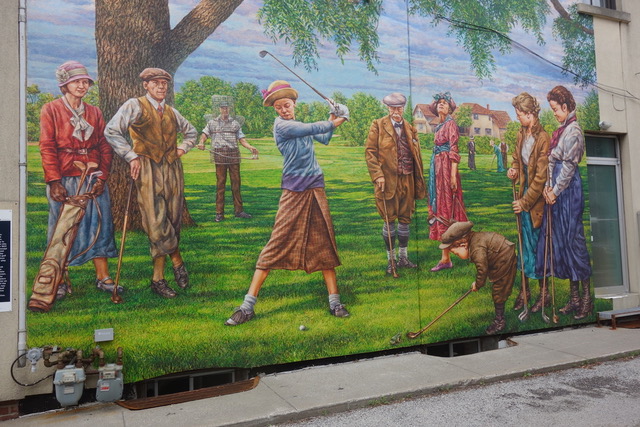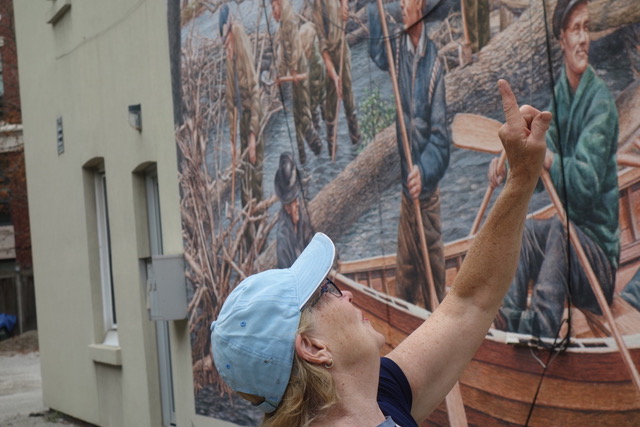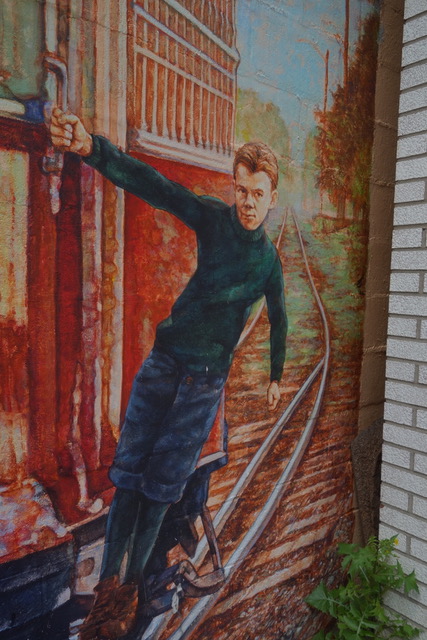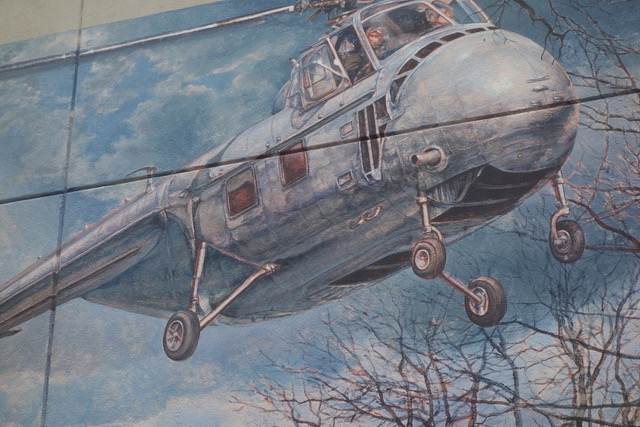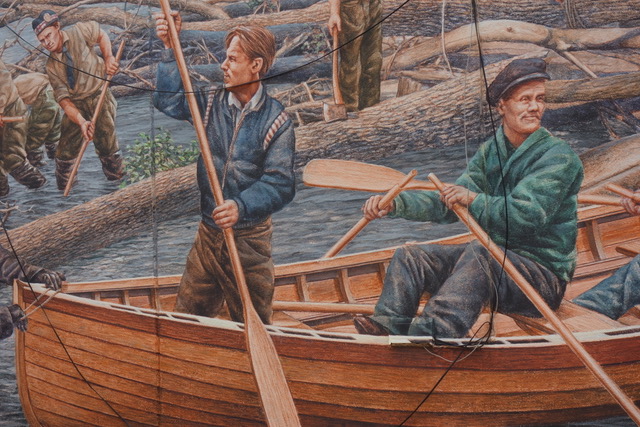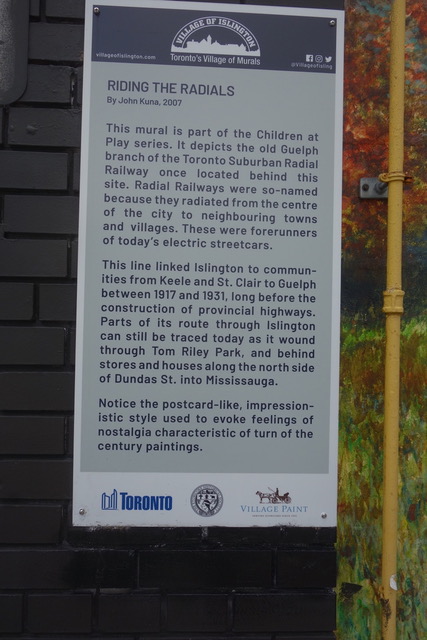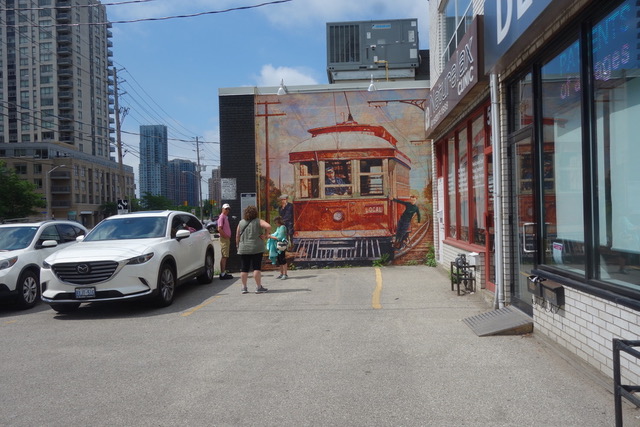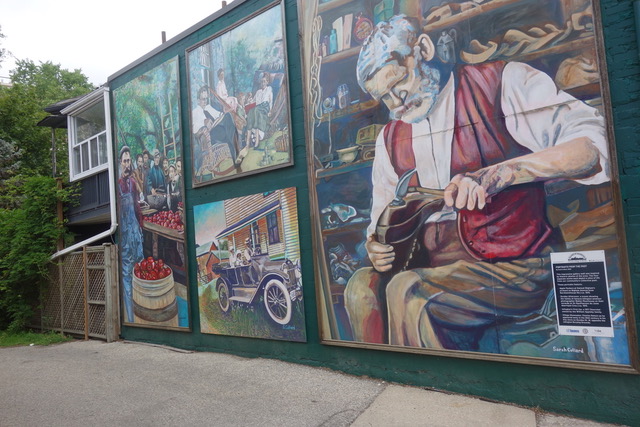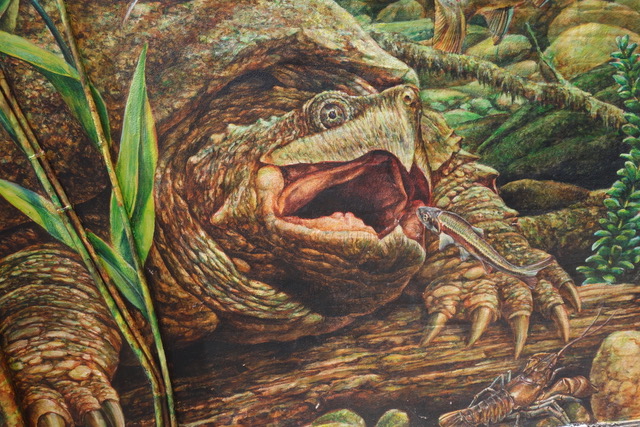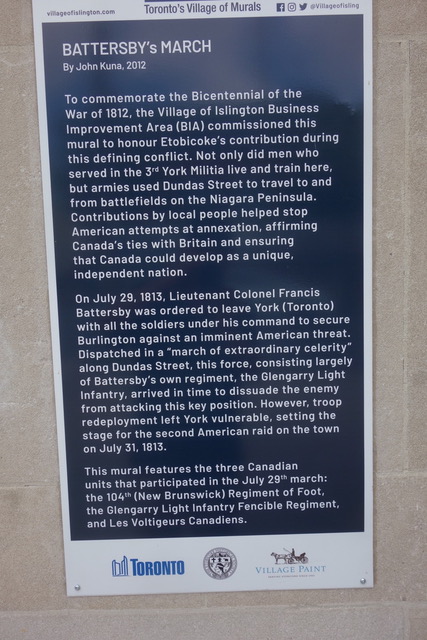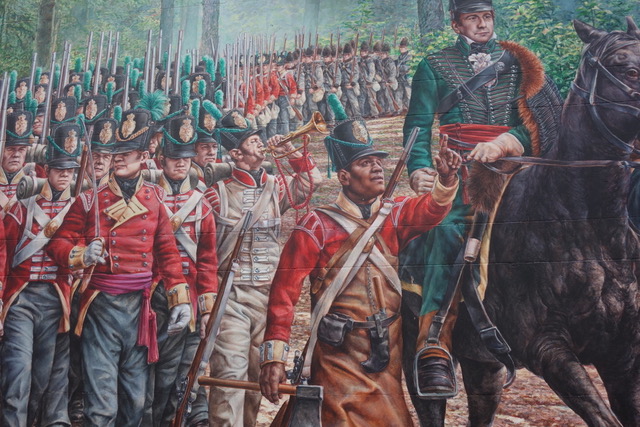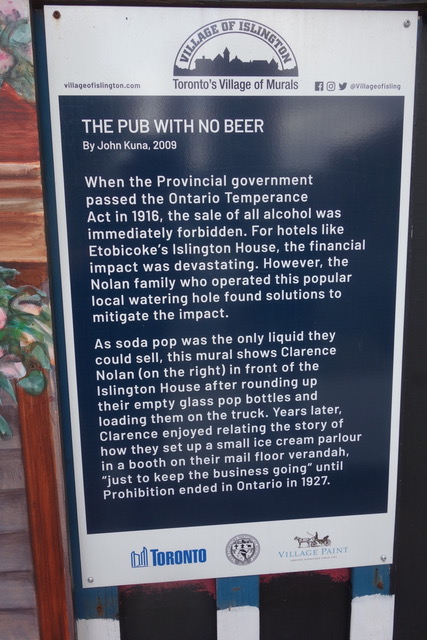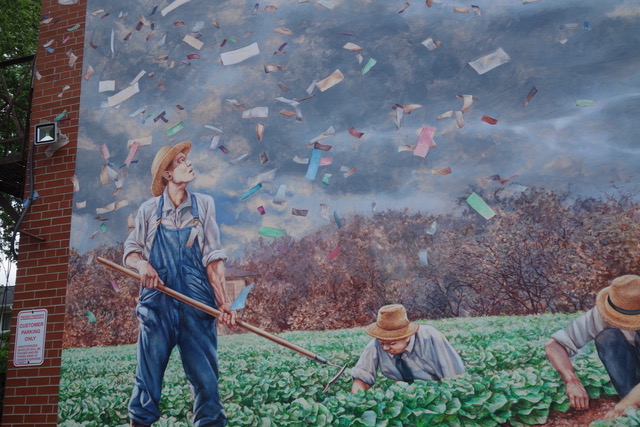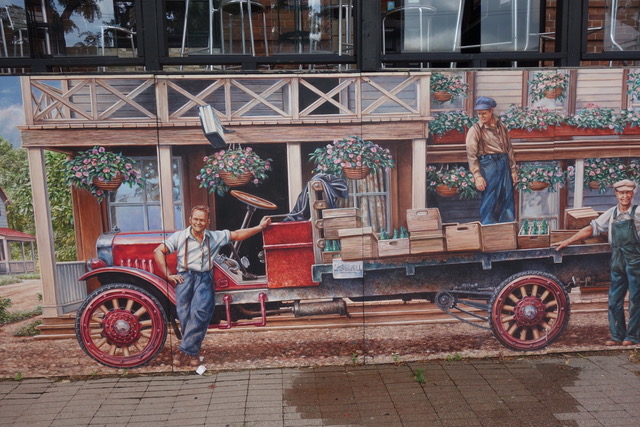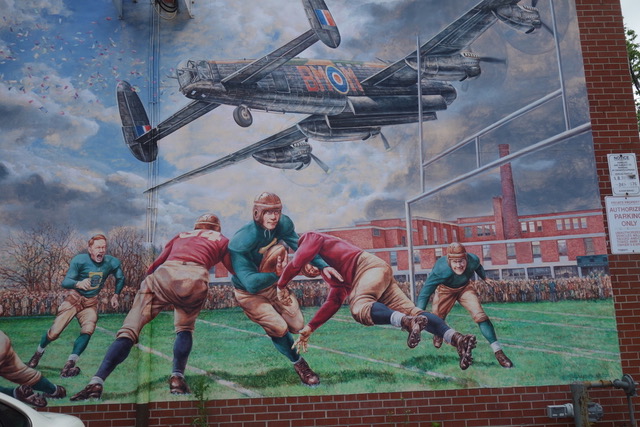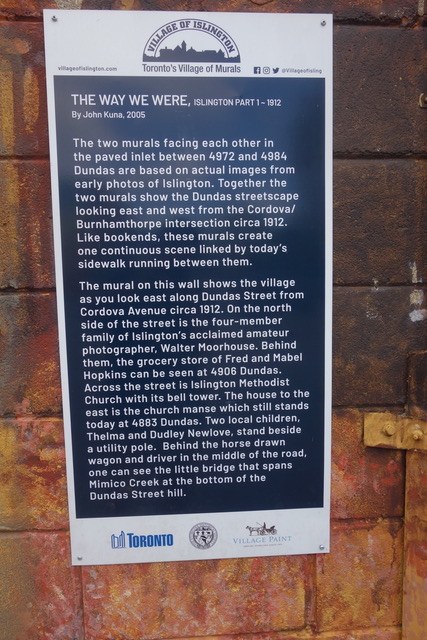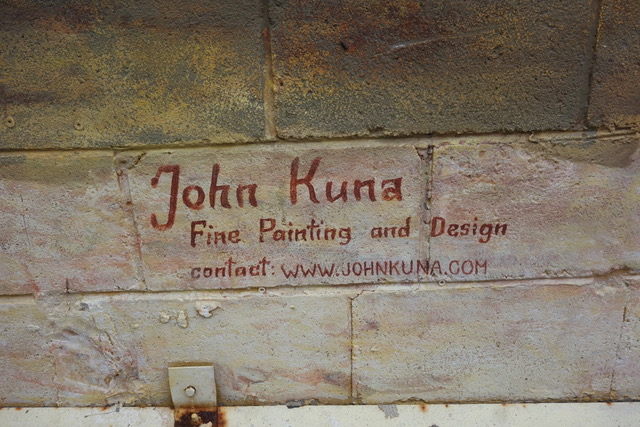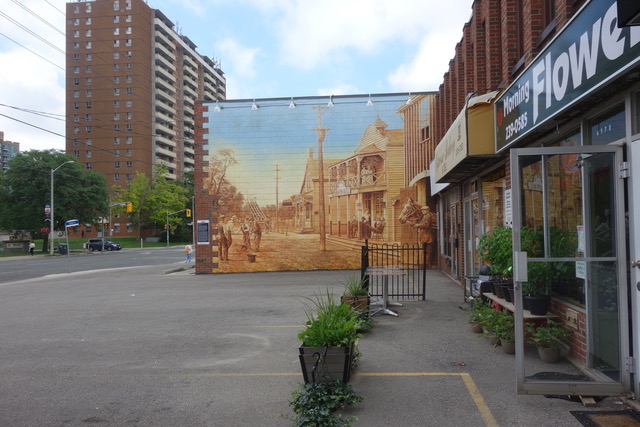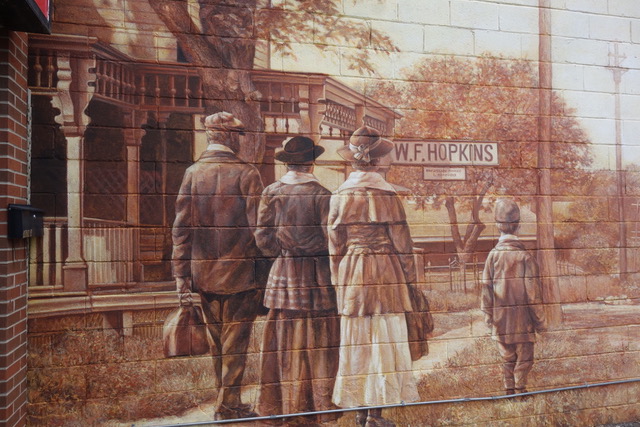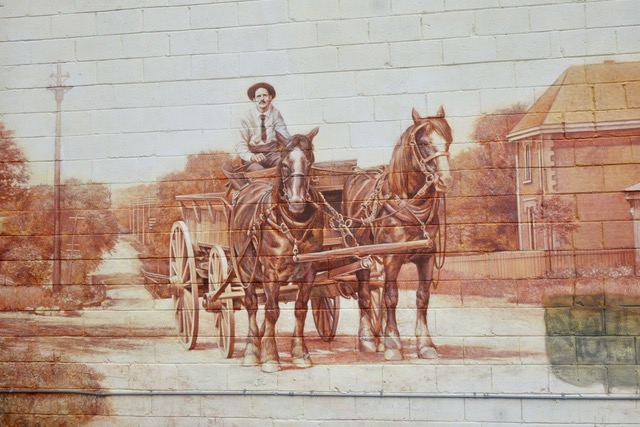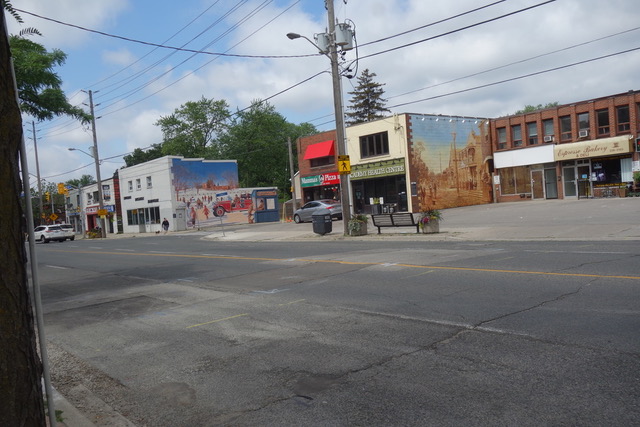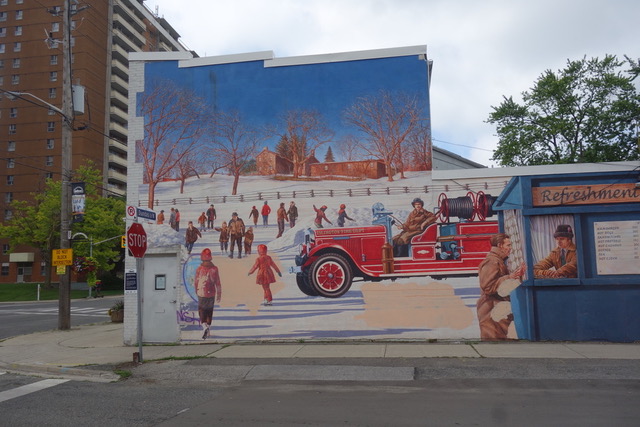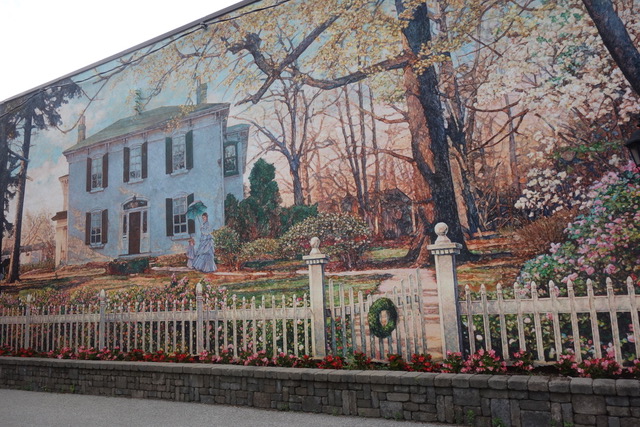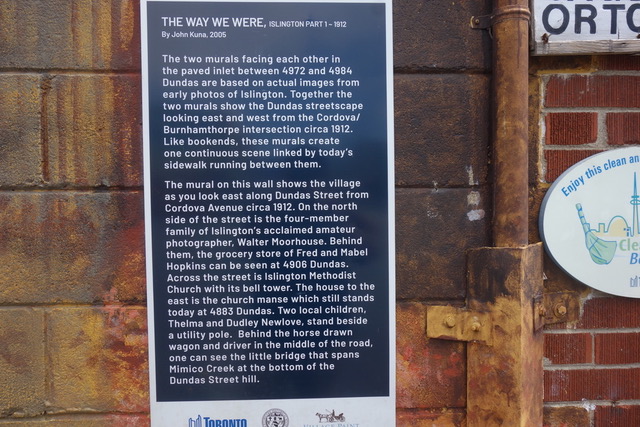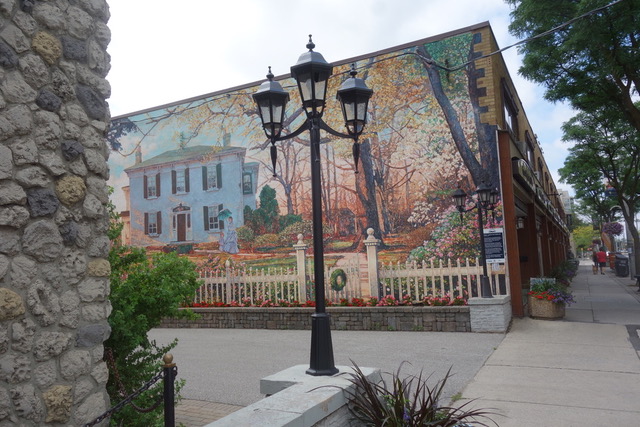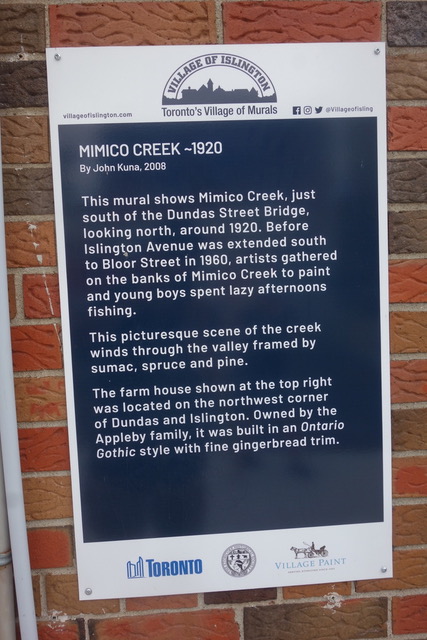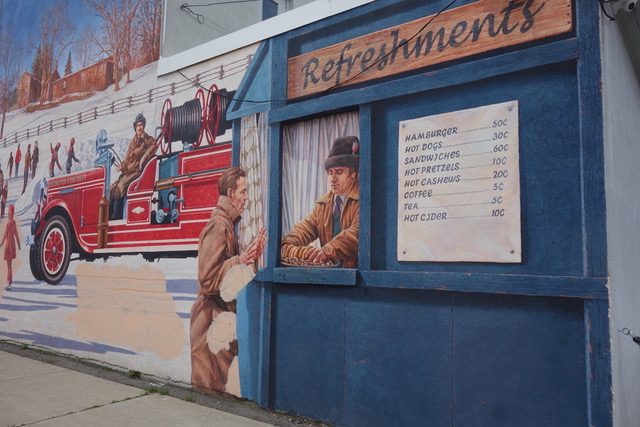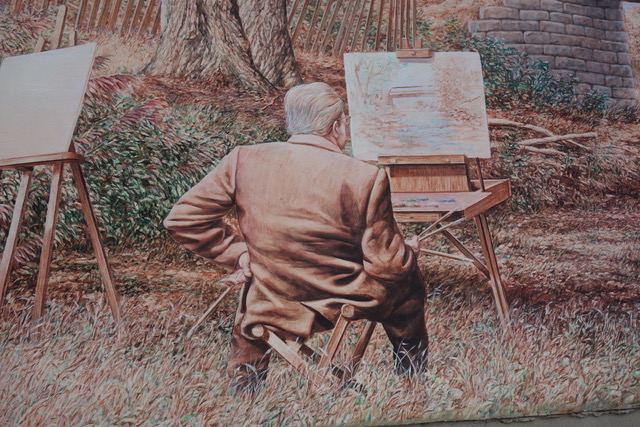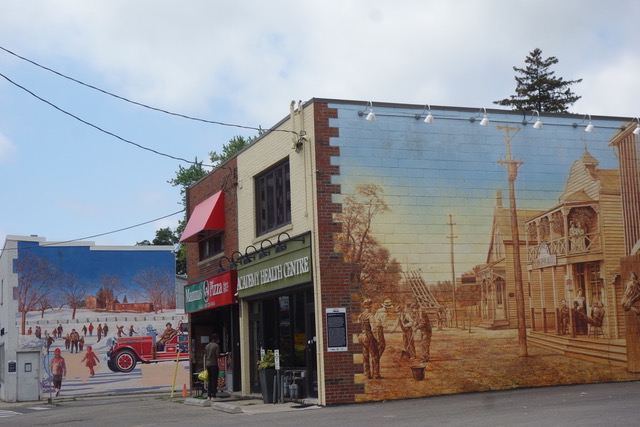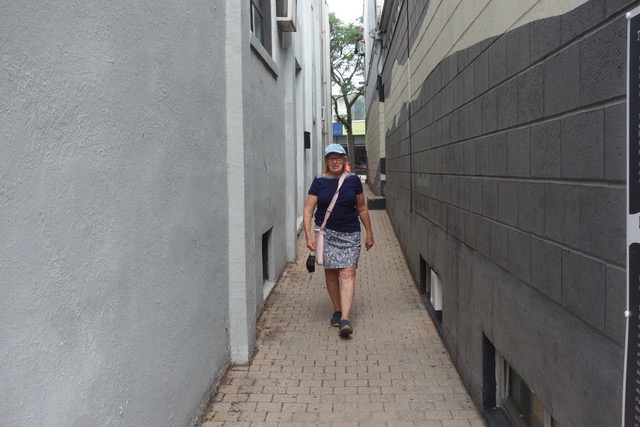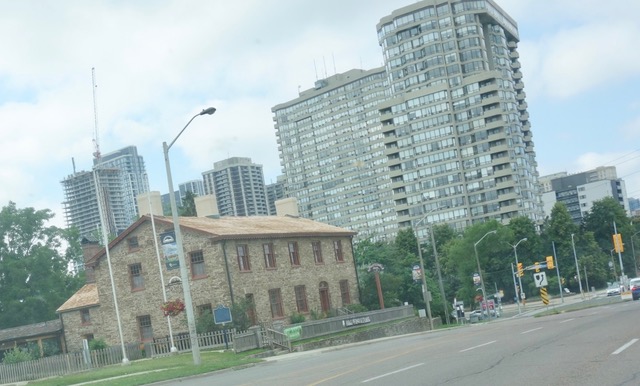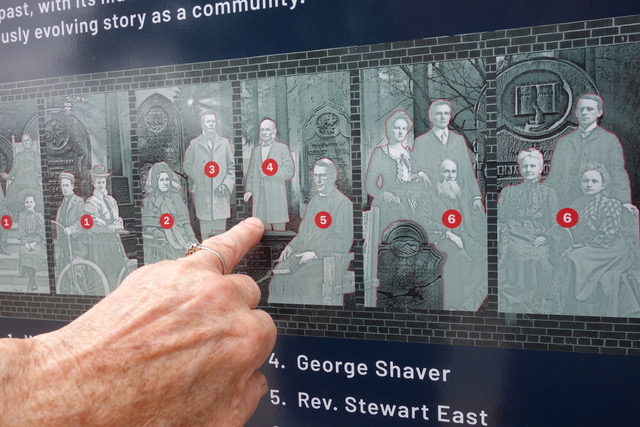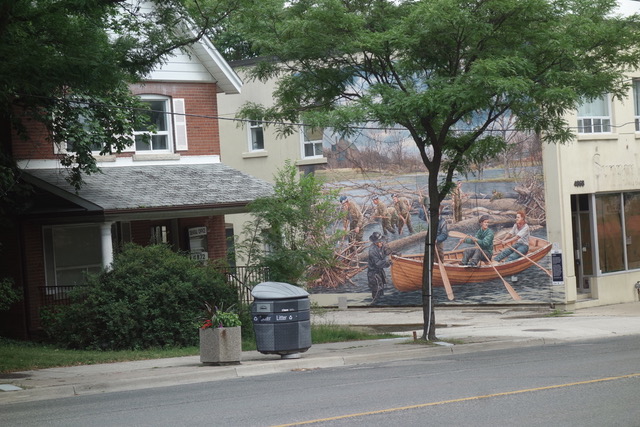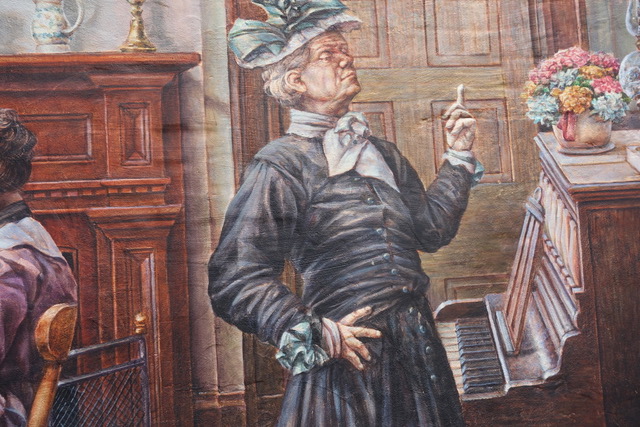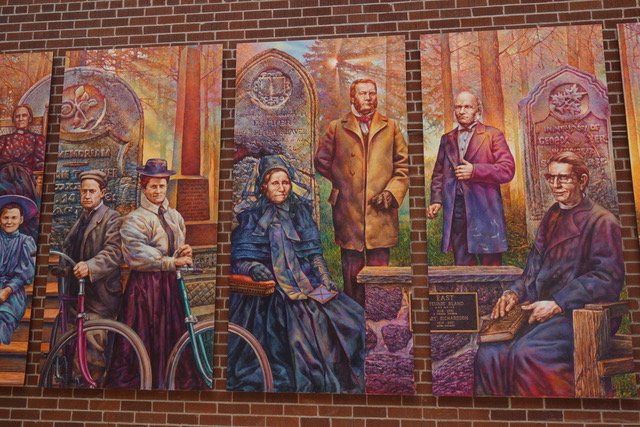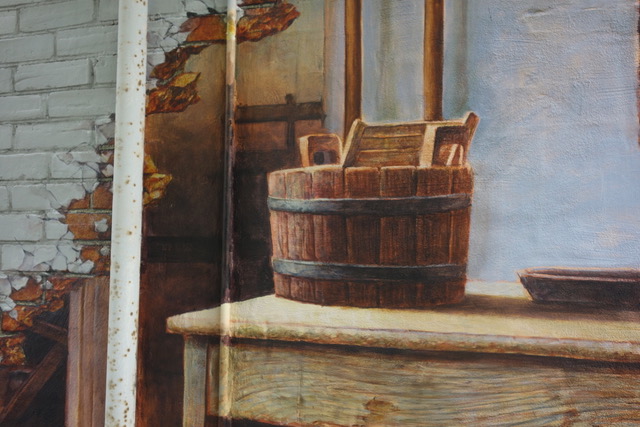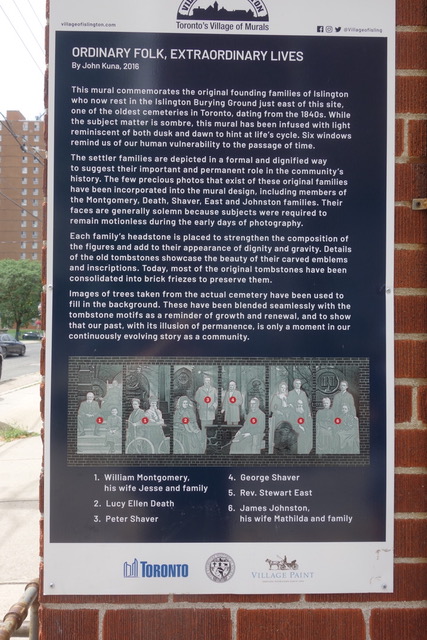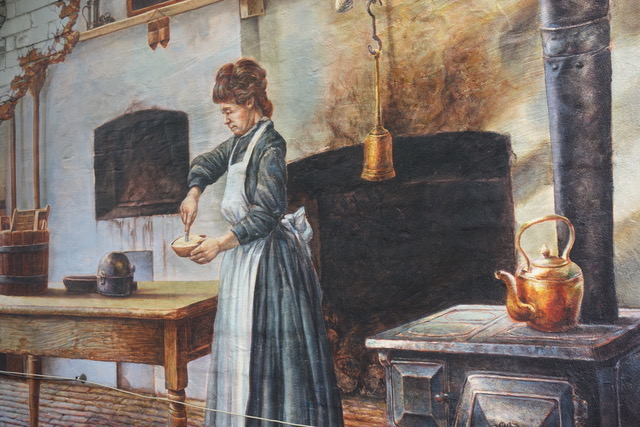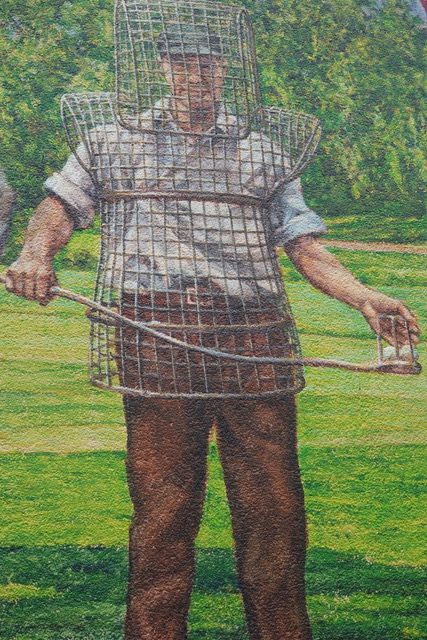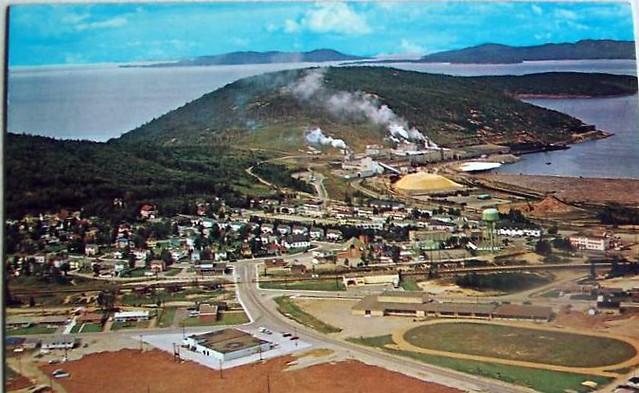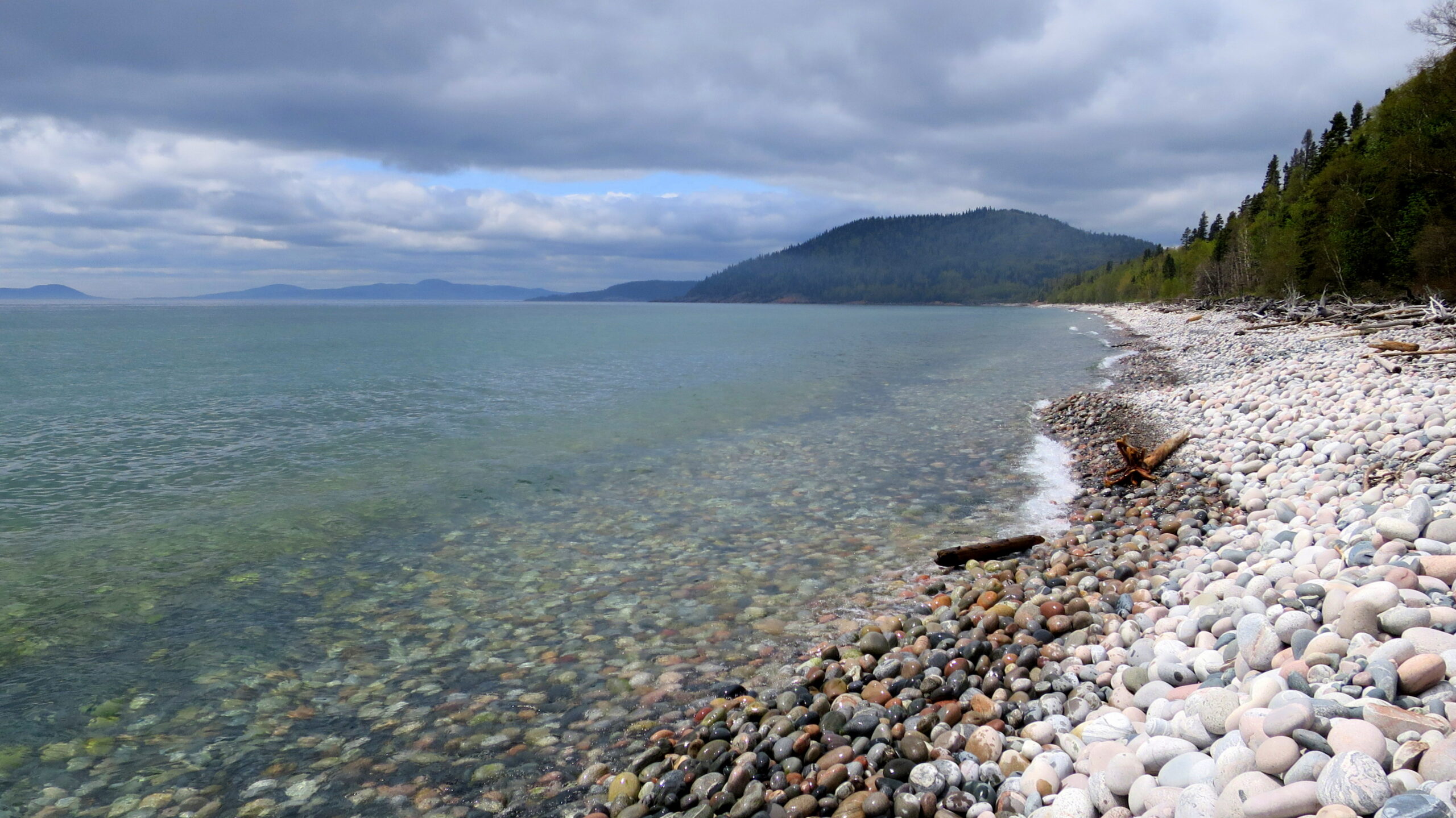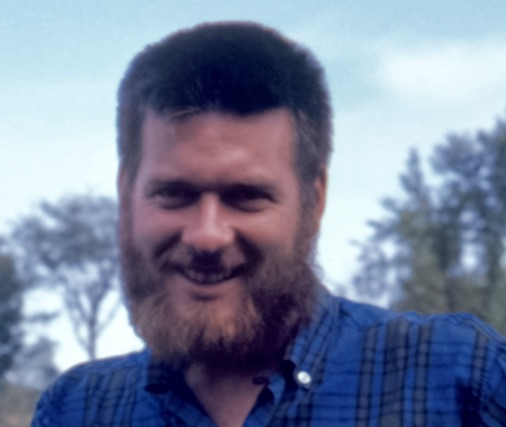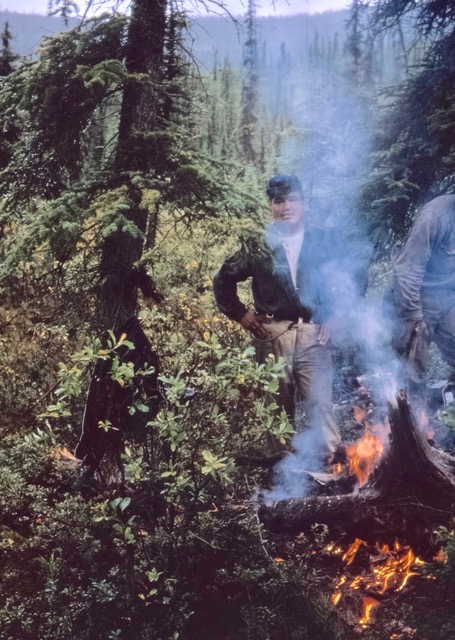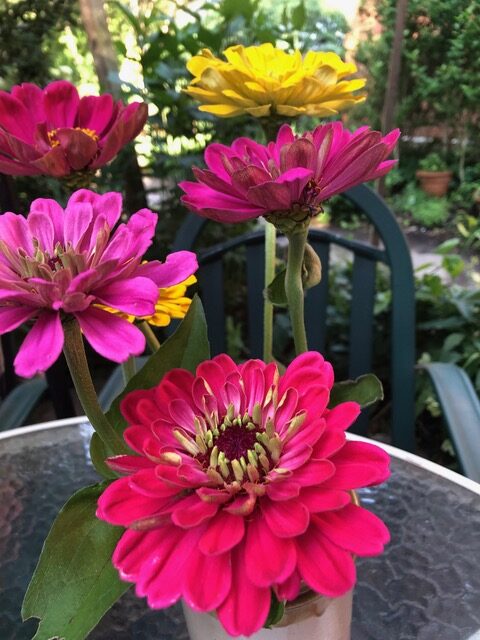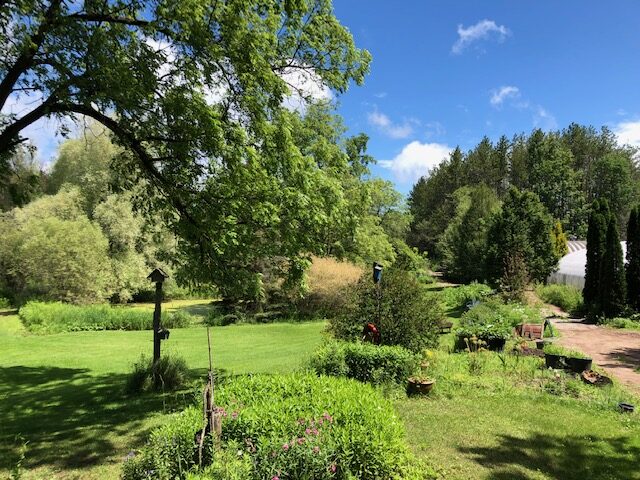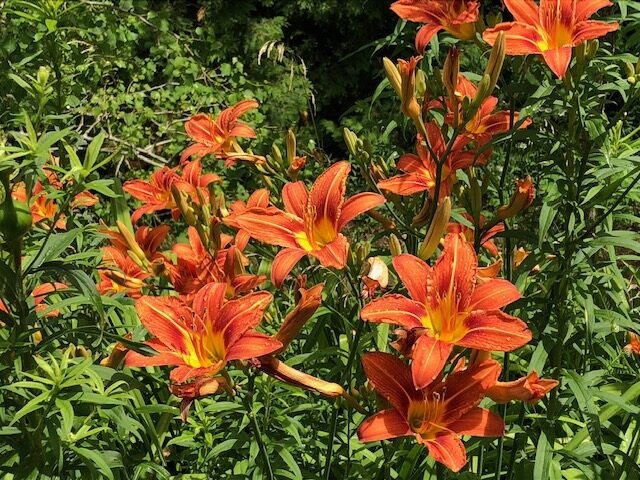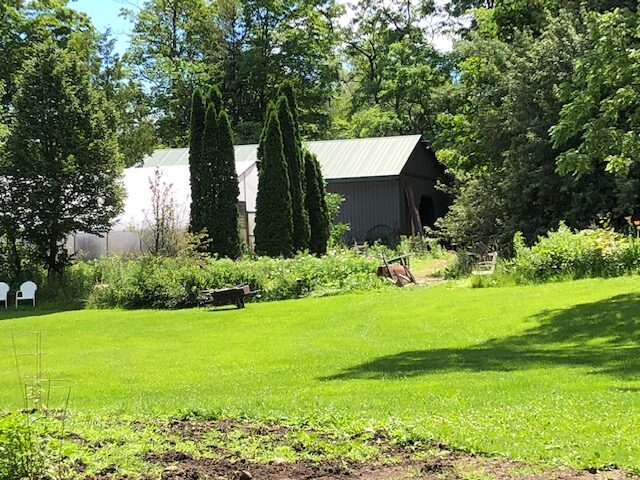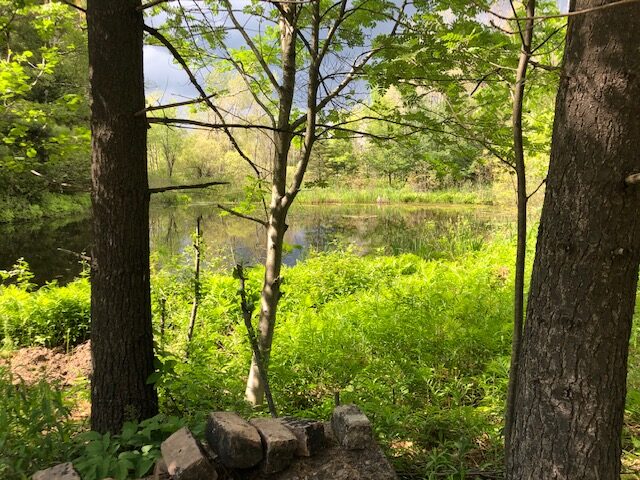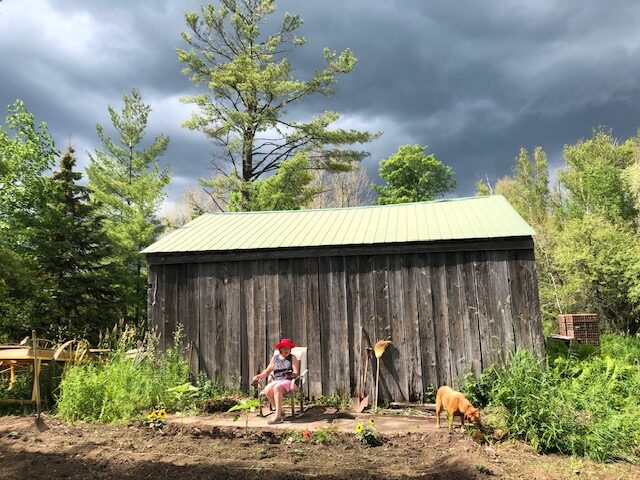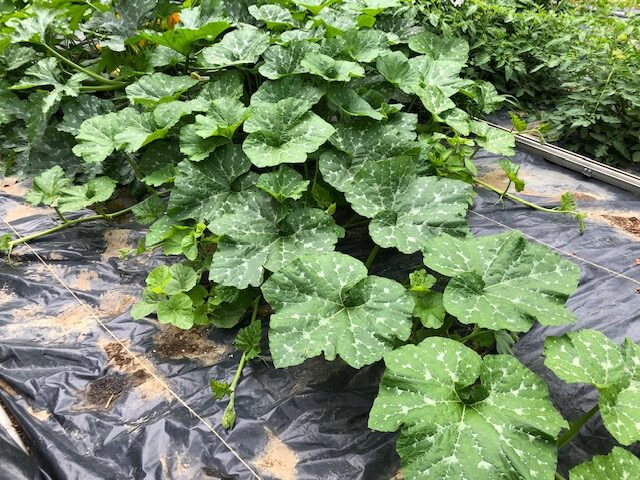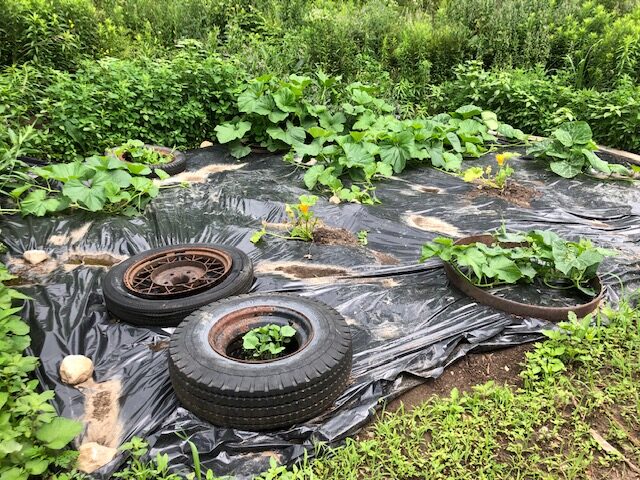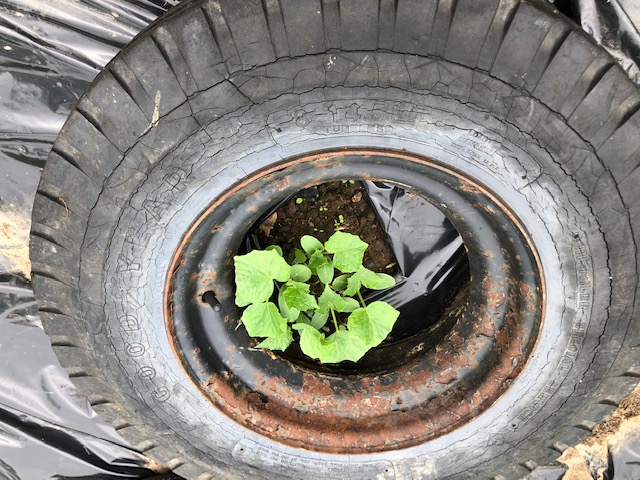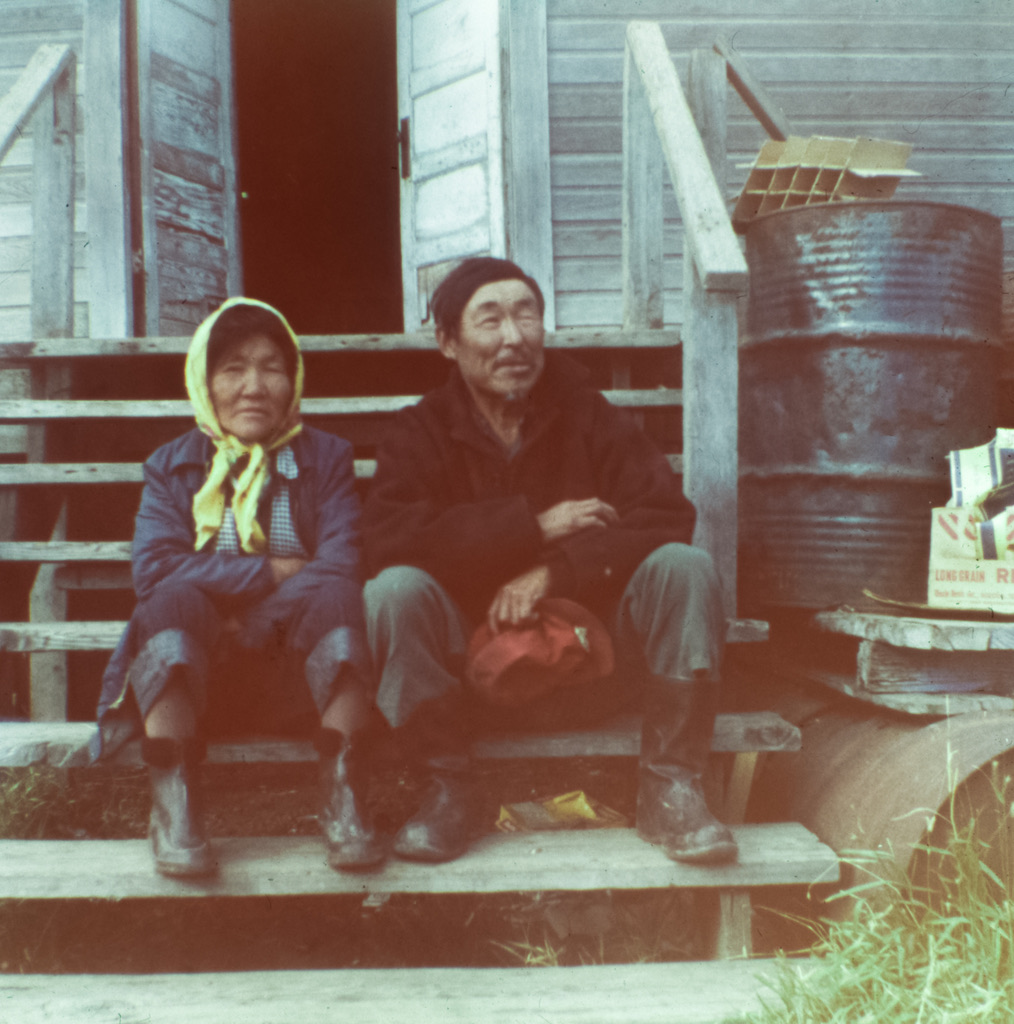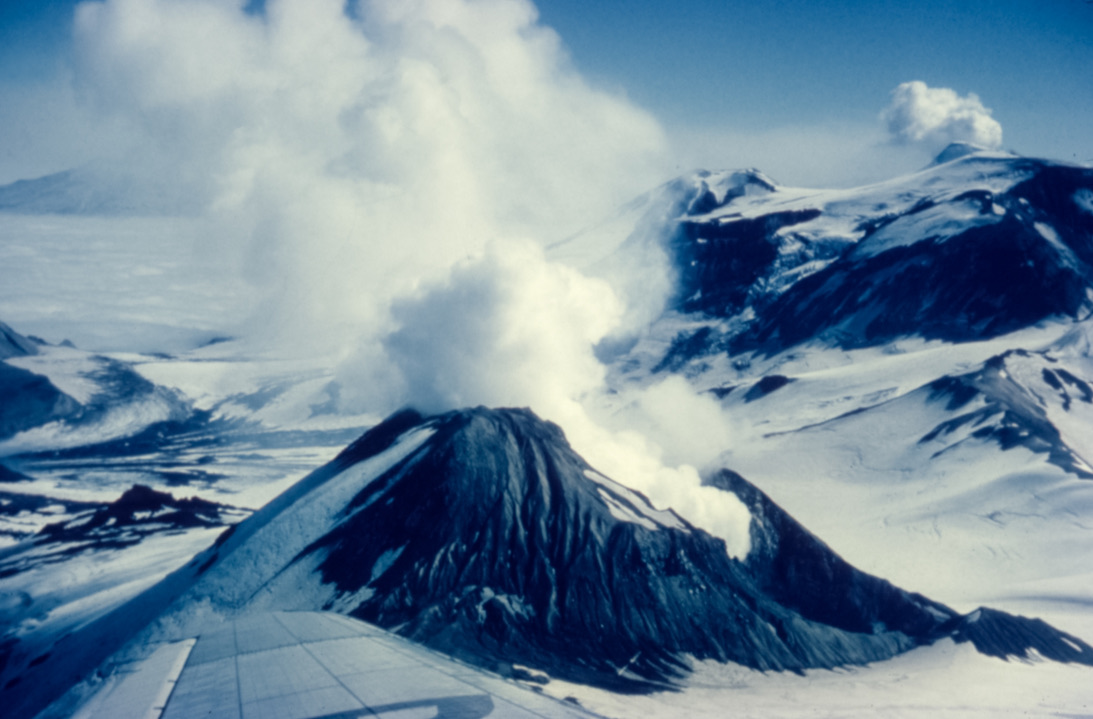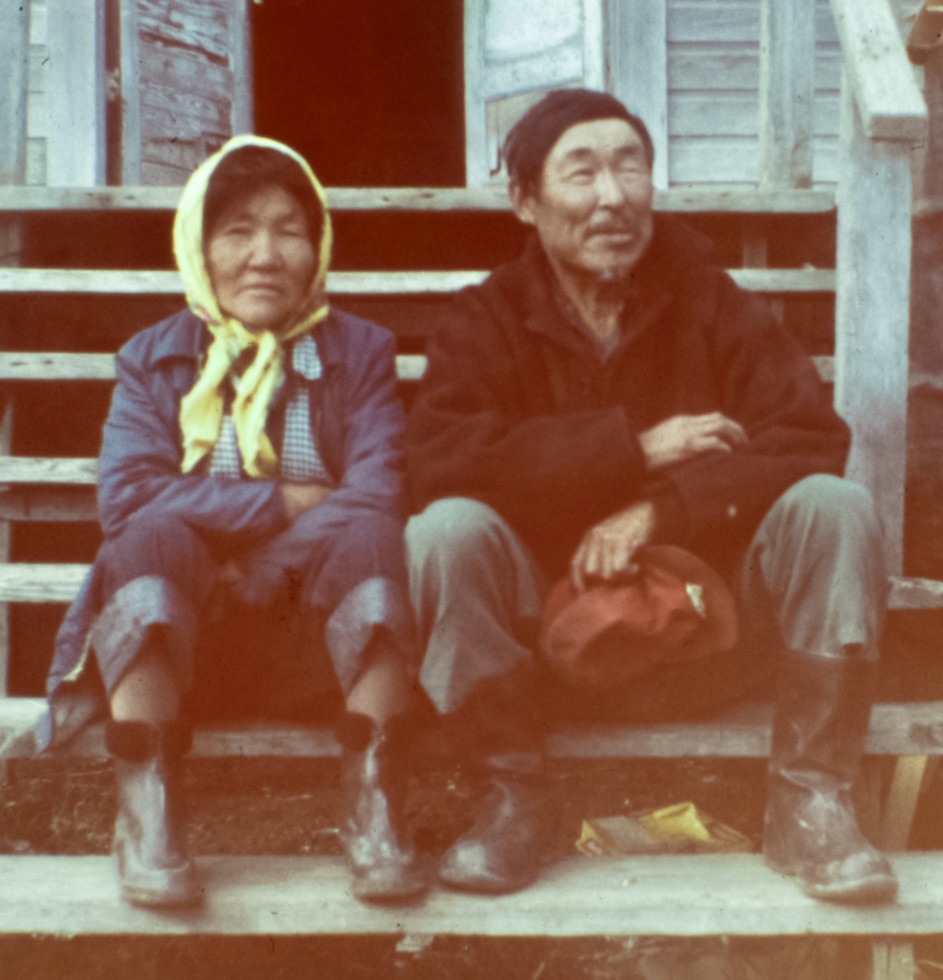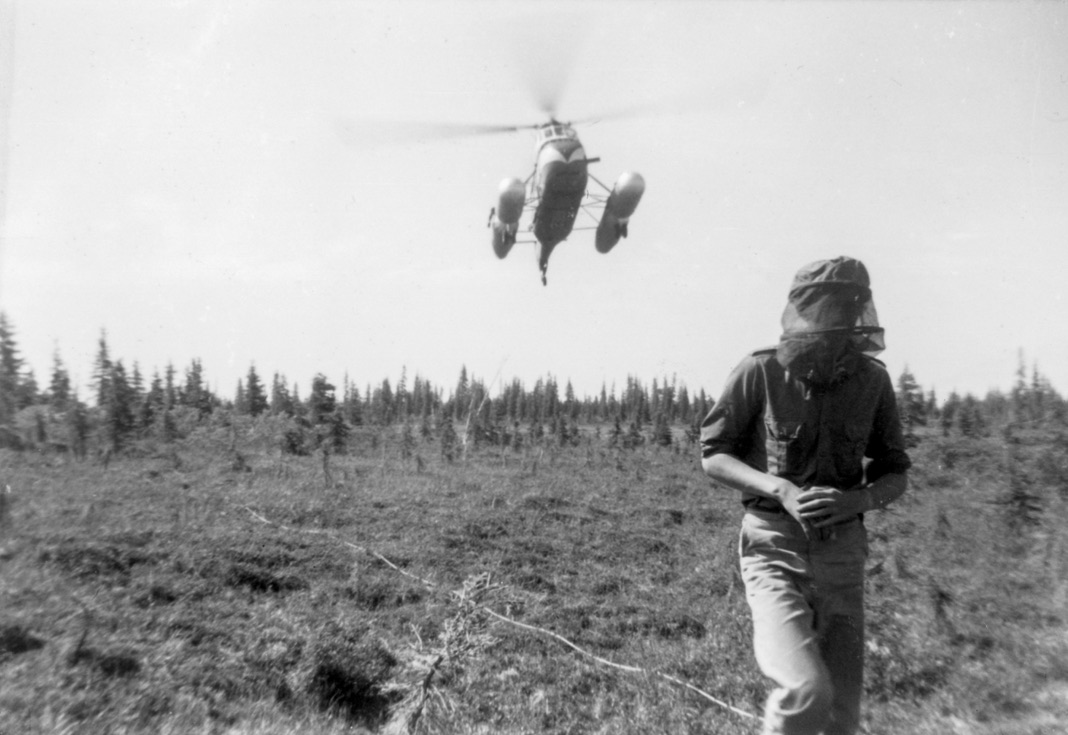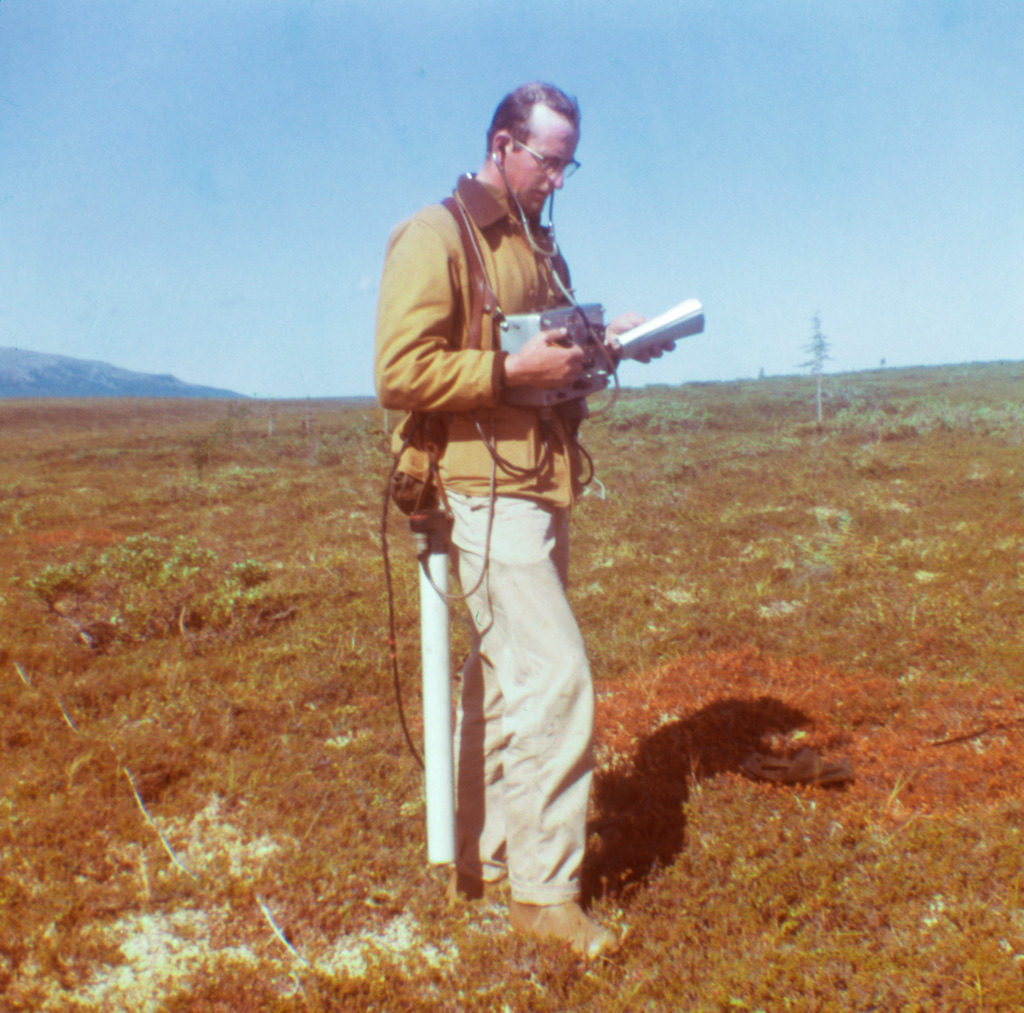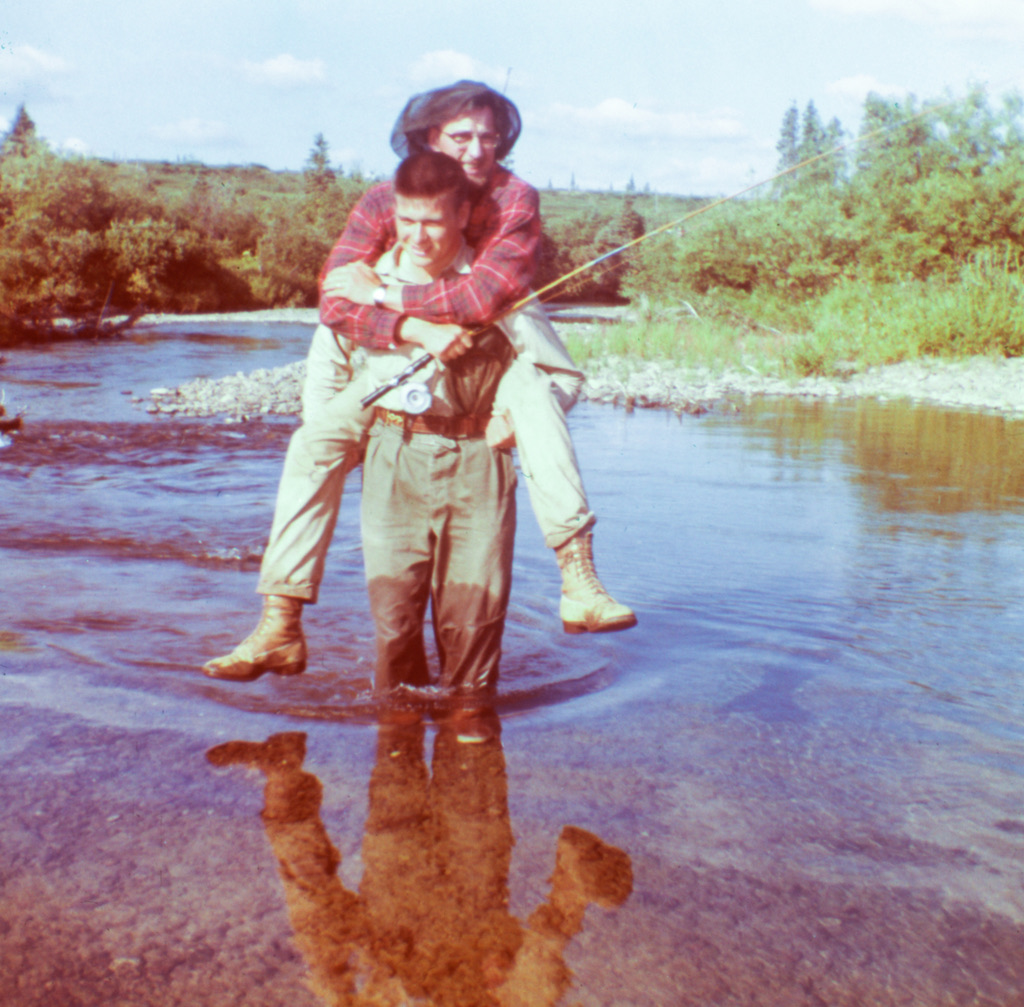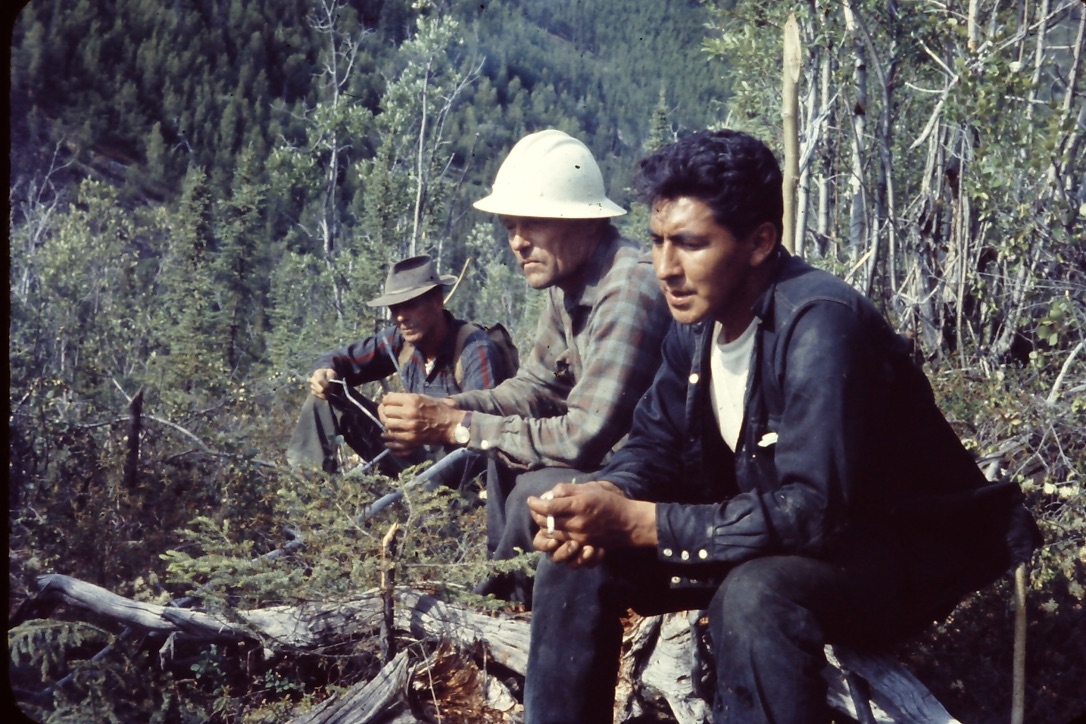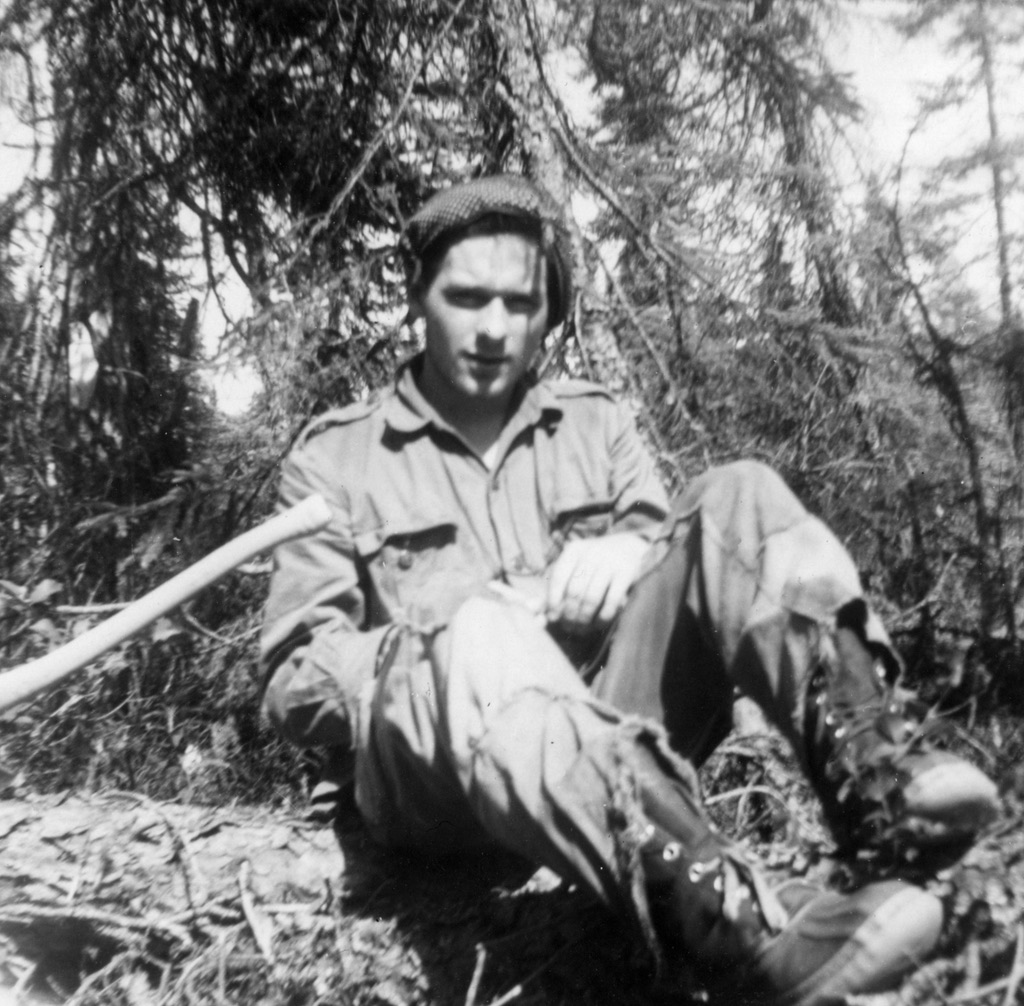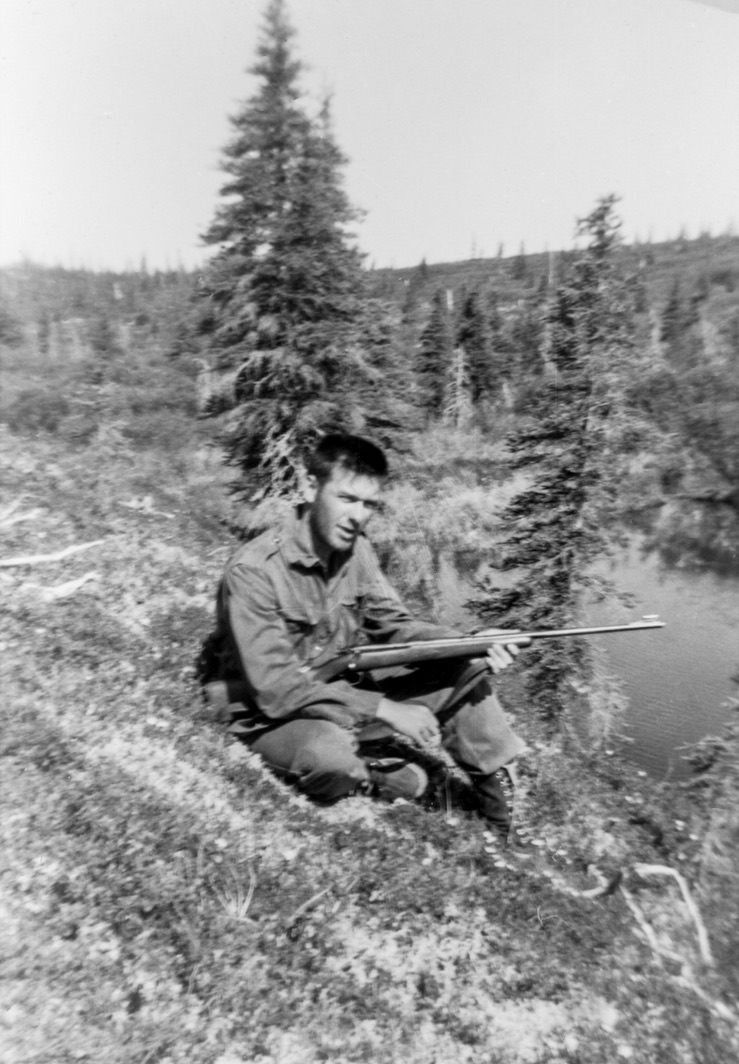EPISODE 386 YOUR HOME ON NATIVE LAND…BOOK I WROTE ON FIRST NATIONS PEOPLE…SAD RESULT
alan skeoch
July 2021
When I wrote ‘Your Home on Native Land’, I was quite proud of the result. I felt I was doing my small bit
to right the wrongs suffered by our First Nations people. Well, the old adage that pride goeth before a fall
soon deflated my pride.
“Dad, you must publish your stories. Get an agent.”
“Kevin, I do not want to go through that grief.”
“But the stories are good.””
“So say you…an agent, then a publisher will put them through
a meat grinder along with my soul, if I have a soul. I would rather
just muddle along and hope someone actually reads the stories
on the internet.”
Writing is a tough and thankless job that triggers more criticism than compliments.
I wonder why so many people actually write and publish books only to have
the manuscripts taken apart…sometimes brutally. I have been on both ends
of this. For a few years long ago, I was the book critic for the OSSTF BULLETIN. Loved
doing the evaluations but now wish I had held back some of my smart ass comments.
Those comments hurt people. I wish it had not been so. I was young and thoughtless.
One book in particular should have been treated better. Title? I think it was about an owl
and life experience. I rushed the review…said things that must have hurt the author.
Regret that deeply even now … the review was 50 or so years ago. Very few ever
read it thankfully.
So far I have authored and co-authored
around 13 book and several filmstrip histories (Filmstrip? That word means nothing today).
All the books had to grind their way across the burning coals of criticism.
“Alan. you must be a rich man from the royalties!”
What a joke. The Canadian writer, Hugh Garner, framed one of his
royalty checks. It was somewhere around $2.50! He cursed about that
in his book ‘One Damn Thing and Another’. I know the feeling having received
such a check myself. Today publishes do not send out such checks. Ten dollar
minimum royalty to get a check.
Some checks were larger and reasonable but no check
was ever humungous. Young writers should never quit their day jobs. Any author
will tell you that. (Publishing is a tough game as well…involves investing lots of
cash that may never return.)
Advice: “Write because you want to write…as if you have something
worth saying. Never expect a financial reward. That will keep you sane
and reduce the number of expletives you will use.”
This book titled
YOUR HOME ON NATIVE LAND comes to mind. Never seen a copy? Little wonder since the
book was likely ground into paper dust several years ago. Before that happened
the publisher, Jackie Stewart, delivered 30 copies to our house. Most are still here.
The legends of our indigenous people are fascinating and plump with meaning.
Particularly the Legend of Creation which is told something like this”
LEGEND OF CREATION
“High above the clouds lived the Sky People
One day, a crack appeared in the sky a hole, where
a big tree had fallen over.
Sky Woman , who was pregnant, looked down through the hole…slipped
and fell.
As she fell, a pair of loons saw her and caught her on their backs, saving her
from drowning.
But they could not hold her, so they cried for help.
Then a great SNAPPING TURTLE emerged fro the water world and
Sky Woman dropped on the turtle’s back.
But his back, though large, was not large enough to hold
her forever.
So all the creatures of the water and air were called to a meeting to see
what they could do for Sky Woman.
The snapping turtle said, “We must have some earth.”
And so the beaver and the muskrat and all the birds that could
dive tried to get some mud from the bottom of the ocean.
They failed.
Then the great snapping turtle found some mud already lodged
in a hidden place in its own mouth.
“Here is some mud.Rub it on the edges of my back and it will grow.”
They did, and the turtle’s shell grow to become the land we know
as North America.*
(*First Nation story tellers of eastern North America repeated versions of this story
…with the same core truths…expressed
orally, hence variations. Indigenous people of western North America used
ravens in their legends.)
THINK ABOUT IT: GIANT SNAPPING TURTLE and PLATE TECTONICS
The Legend is not that much different from the scientific
explanation of plate tectonics…great masses of rock floating
above the earth’s liquid magma. One touching theme in the
legend is First Nation respect for all living things on the earth…
and also recognition of women as leaders.
MY THOUGHTS AS I BEGAN TO WRITE
Why did I choose a boy rather than a girl? Boys, in my
experience teaching high school for 30 years, just do not read as well as girls. So I wrote a book
that I hoped boys would read as well as girls. I created an indigenous boy to tell the story of his people. He asked
questions that his wise grandmother answered. All using first person dialogue between the boy and his grandmother.
Seemed like a good idea. It was not.
End of story.
Well not quite the end. If I had not taken on the task I would never have got the
phone call that led me to the Lubicon Cree…a small tribe that was forgotten.
Next story.
alan

